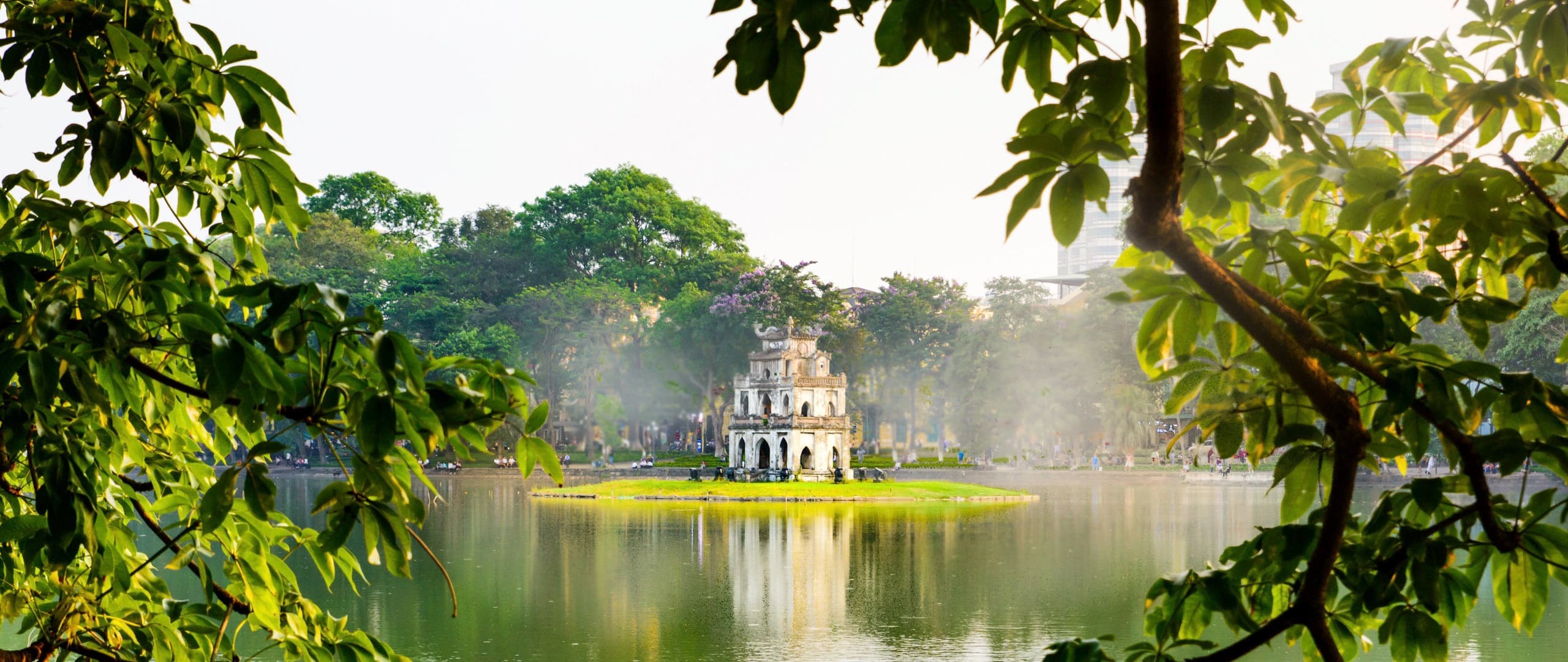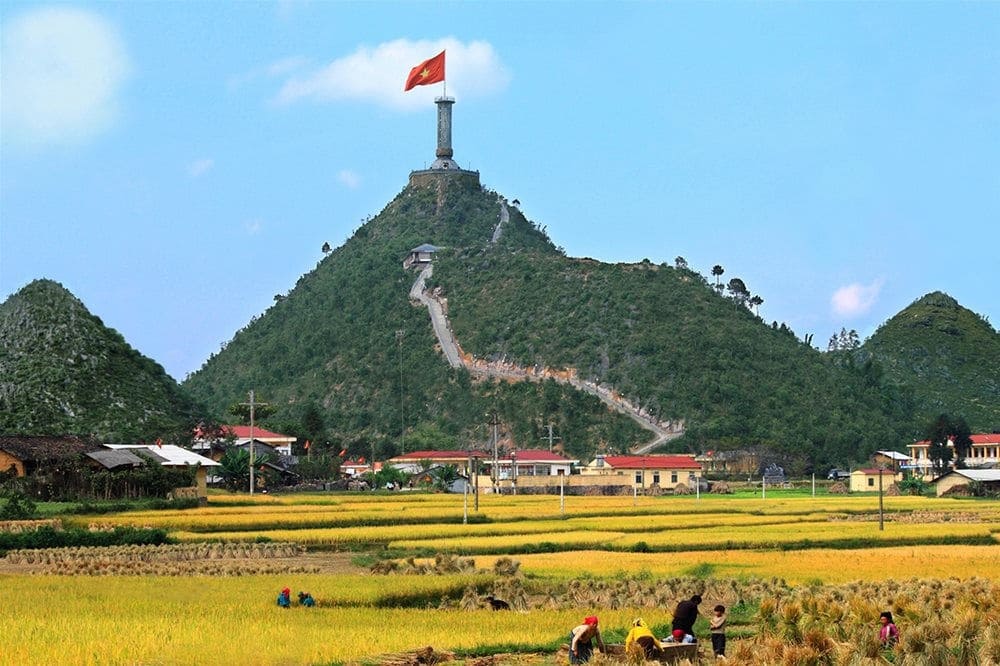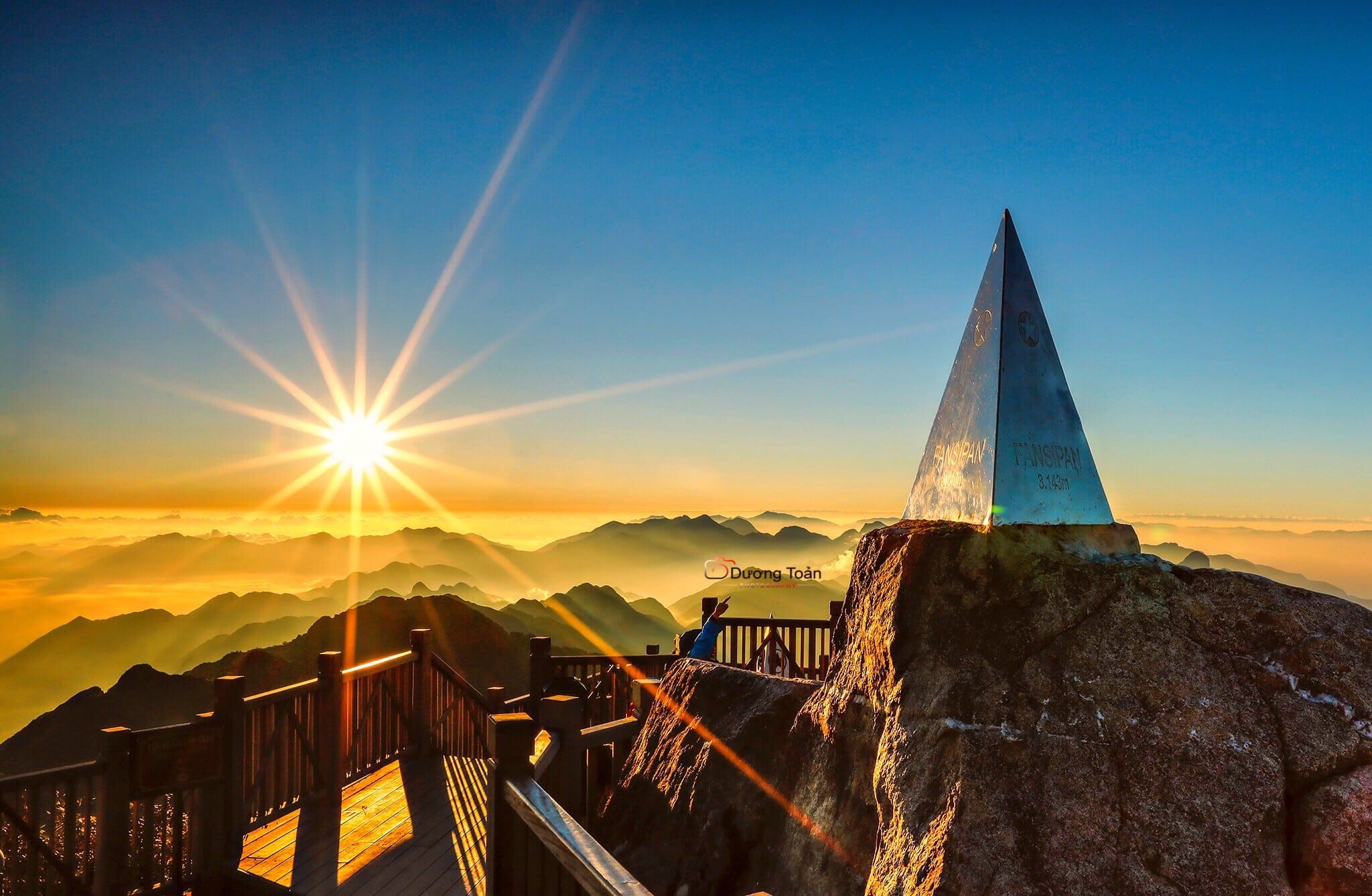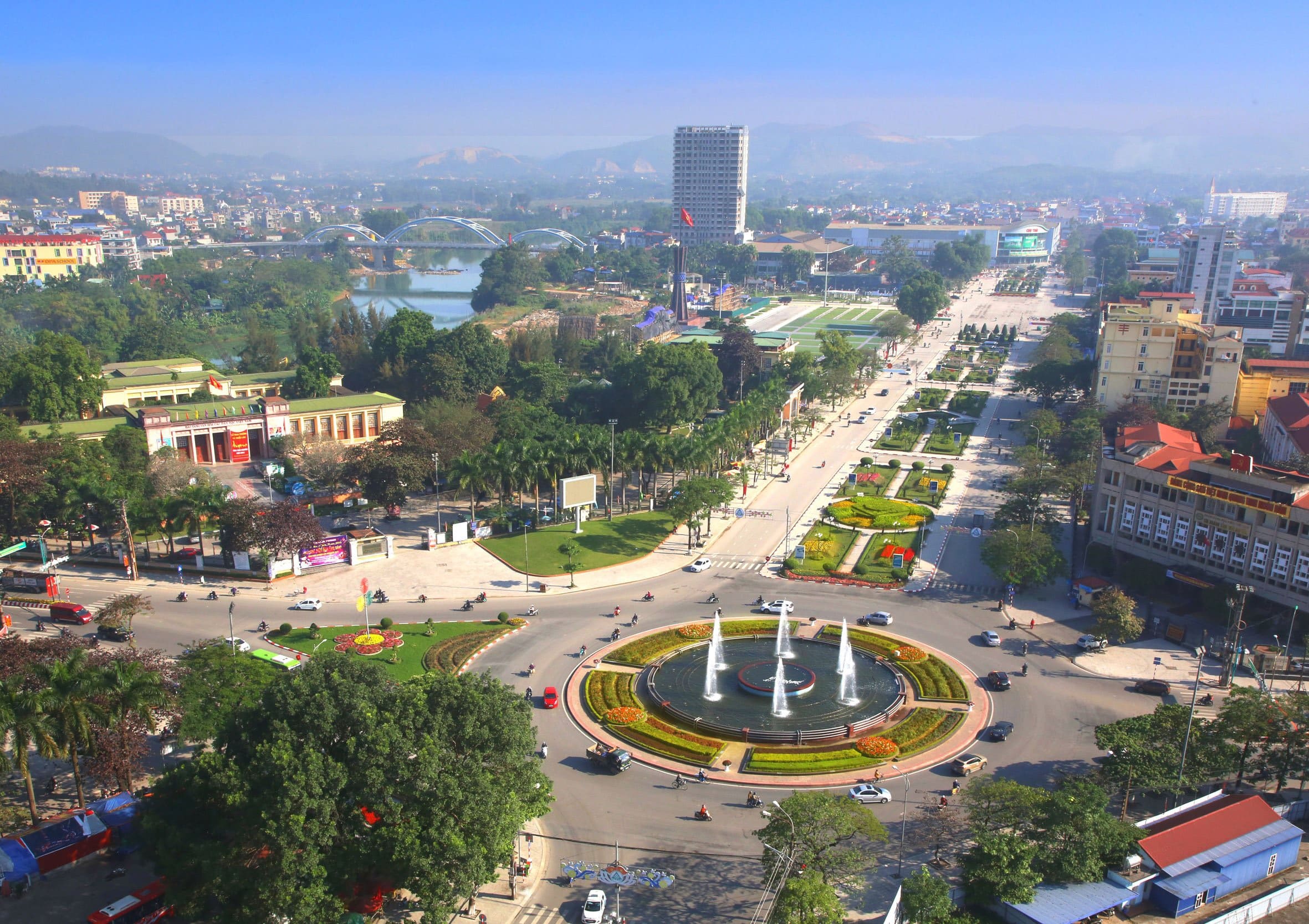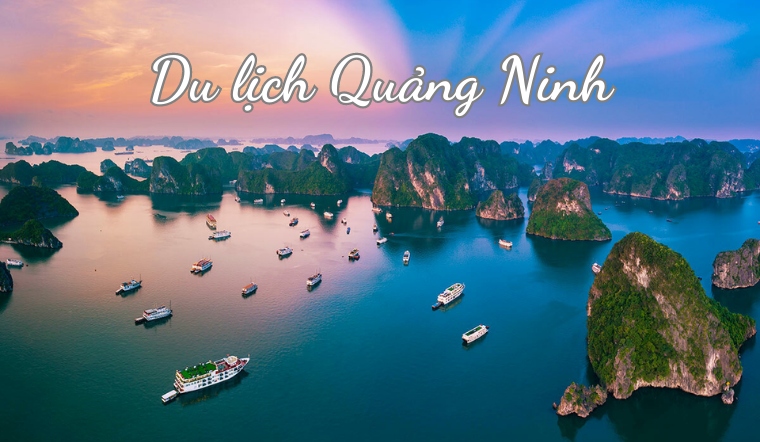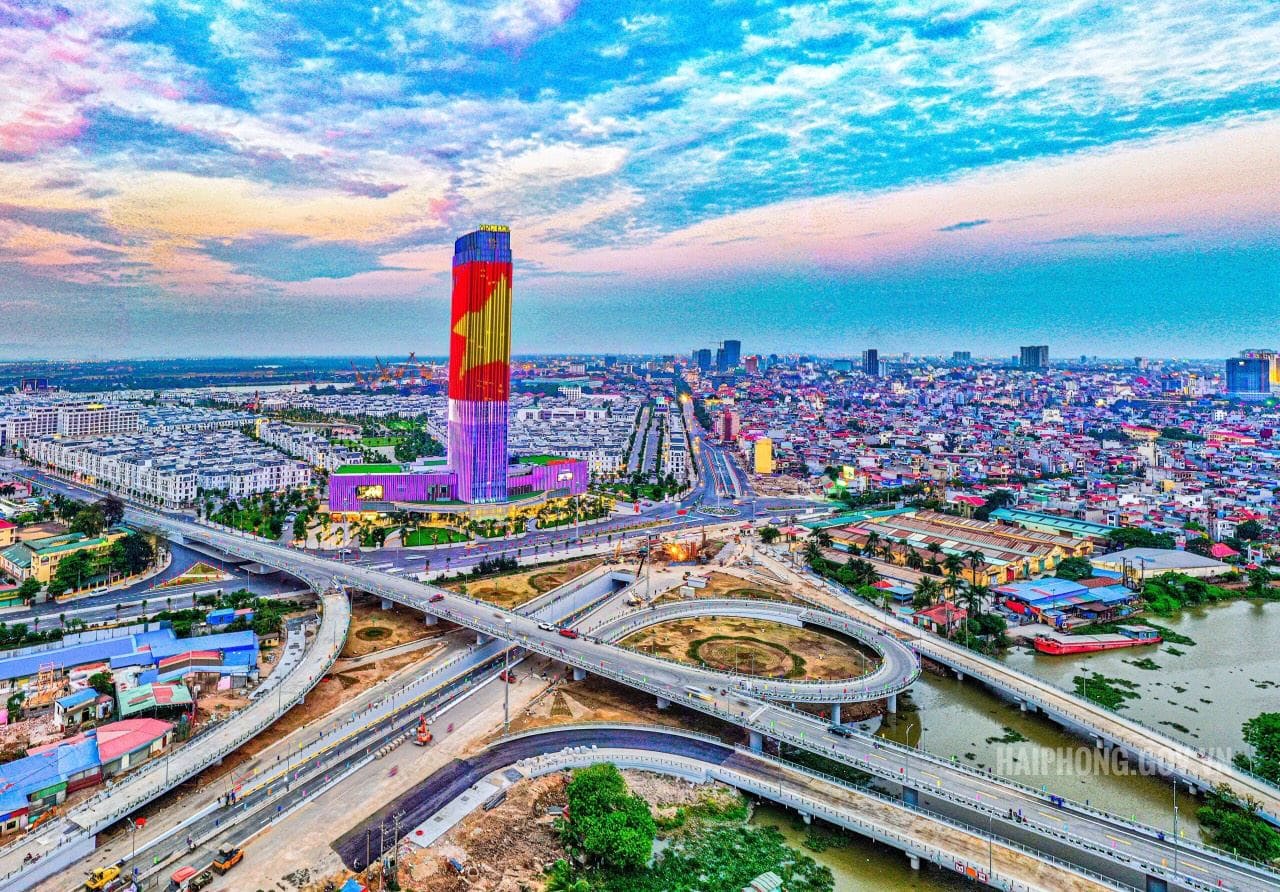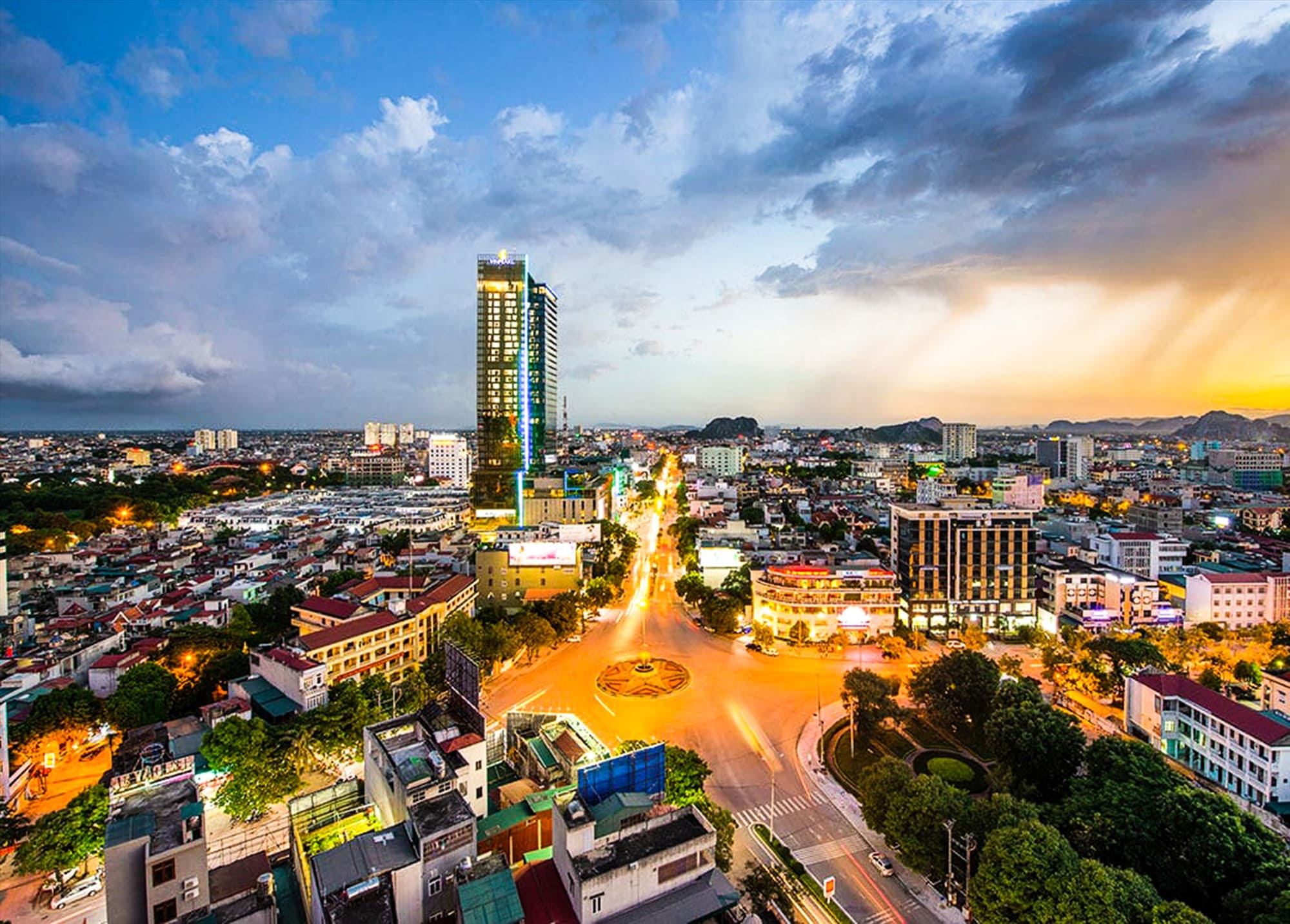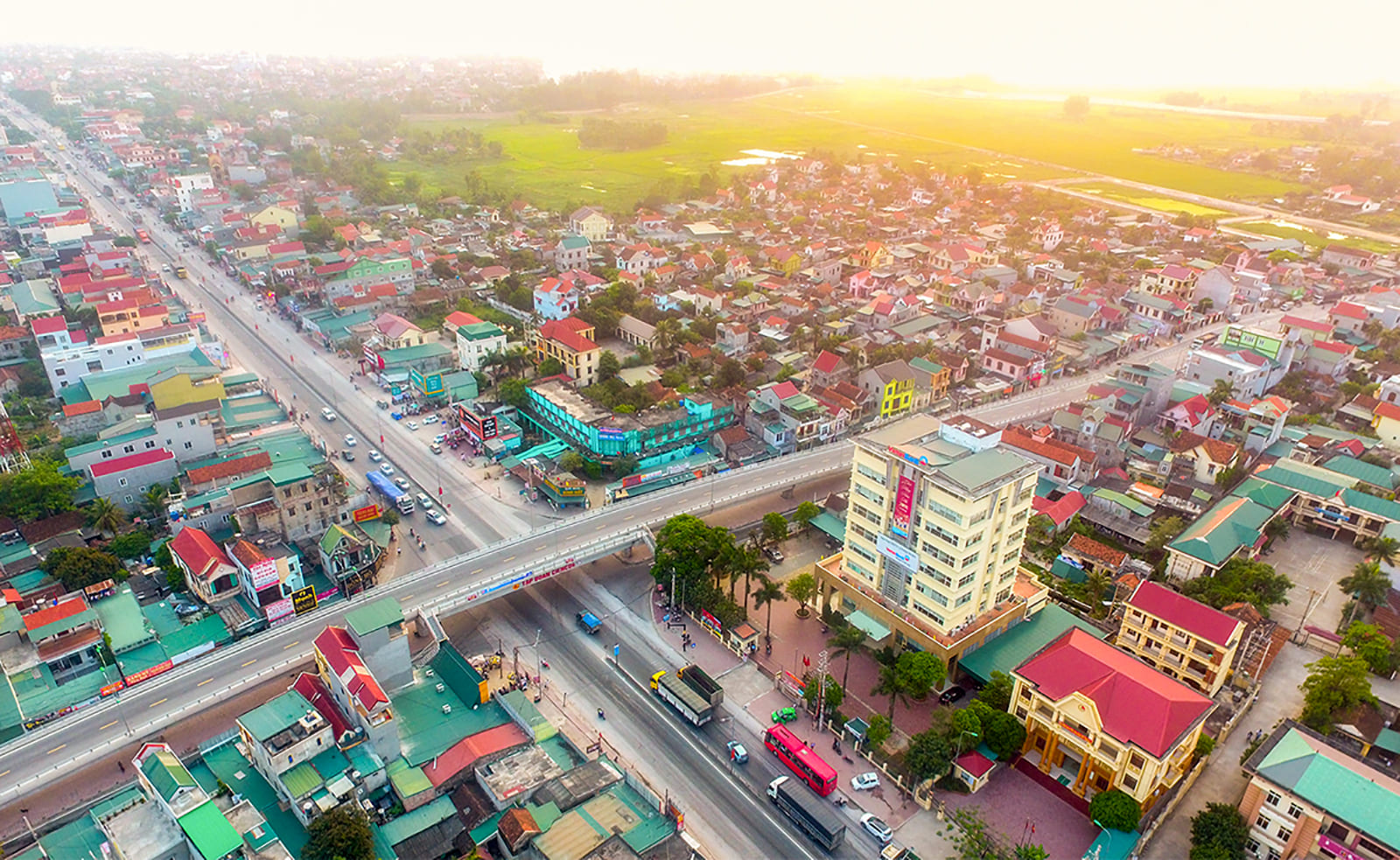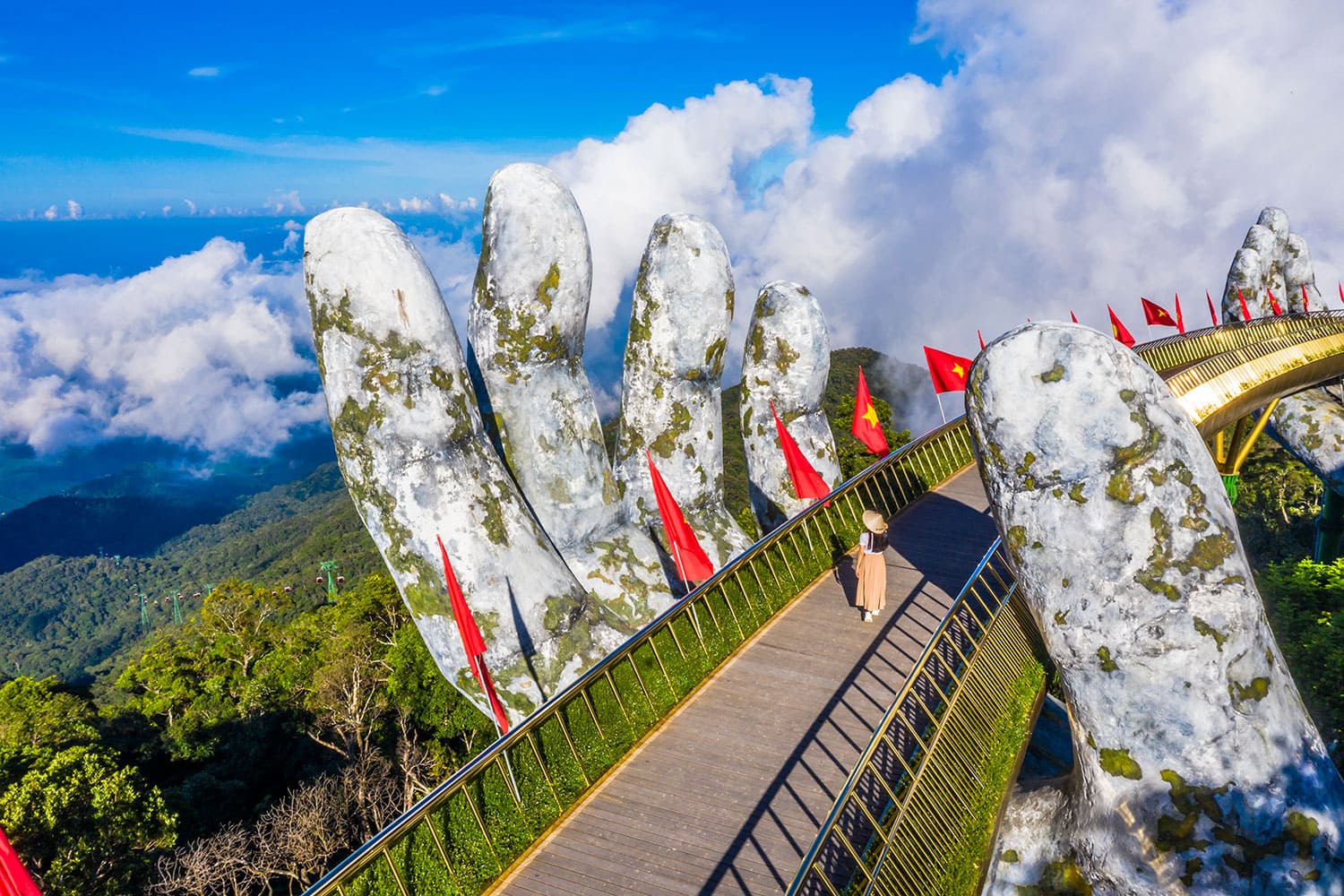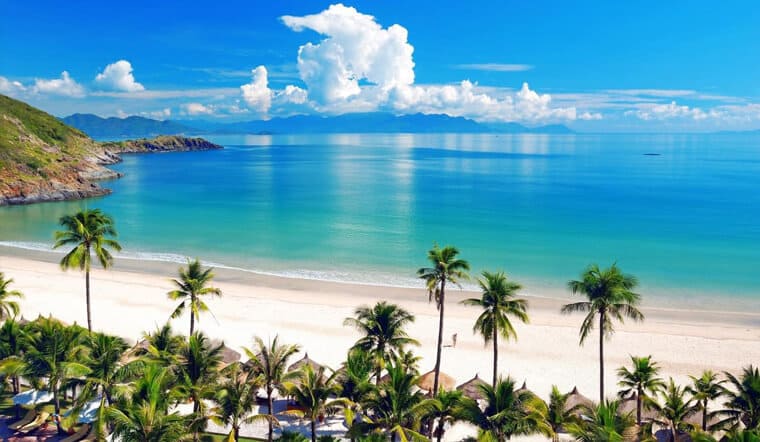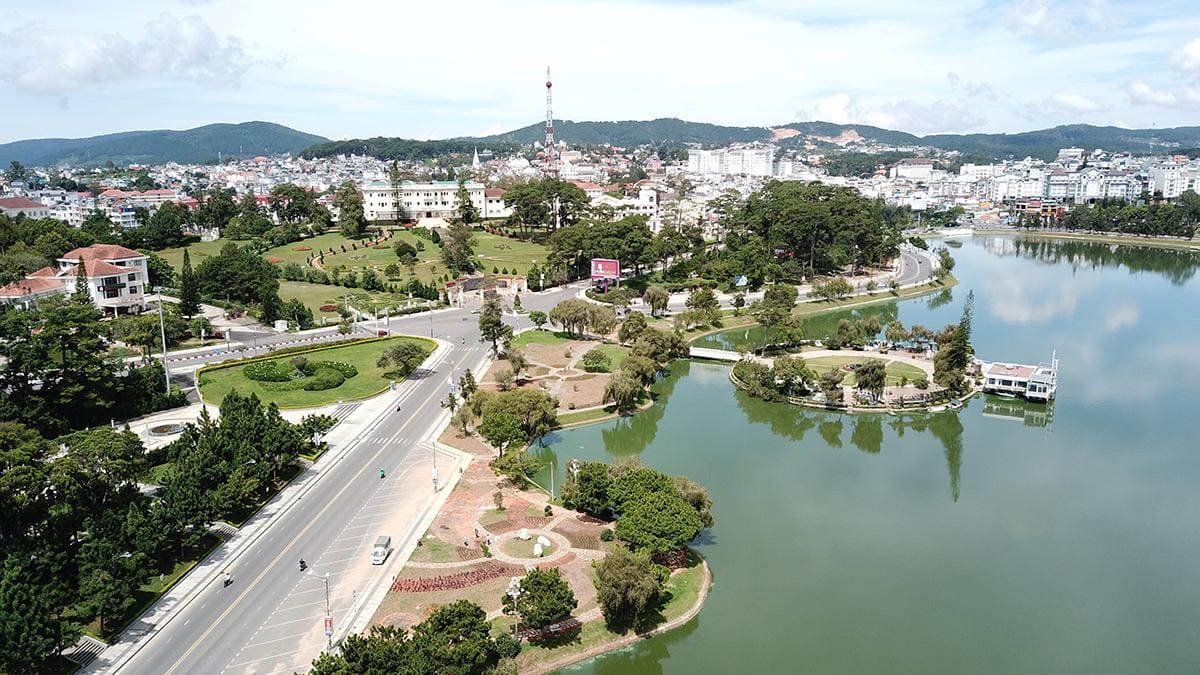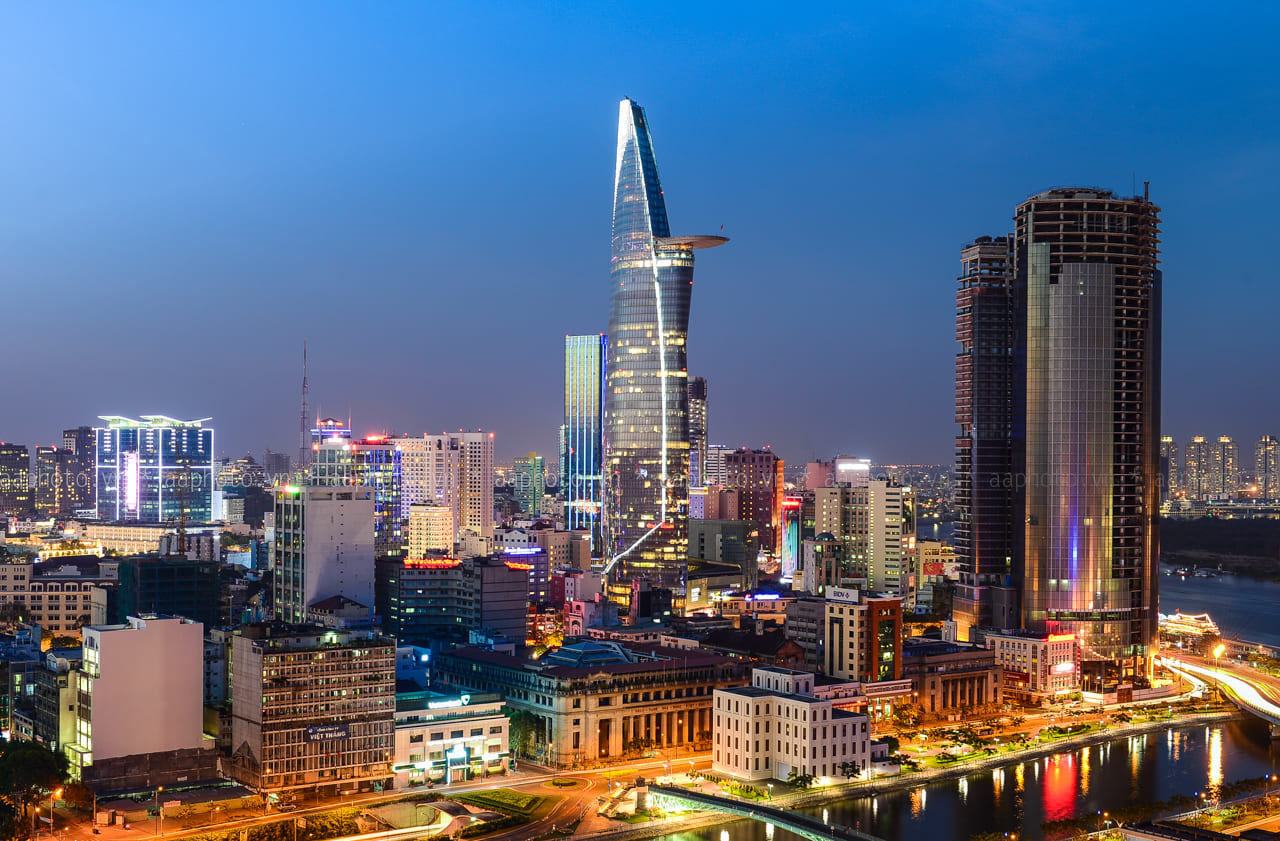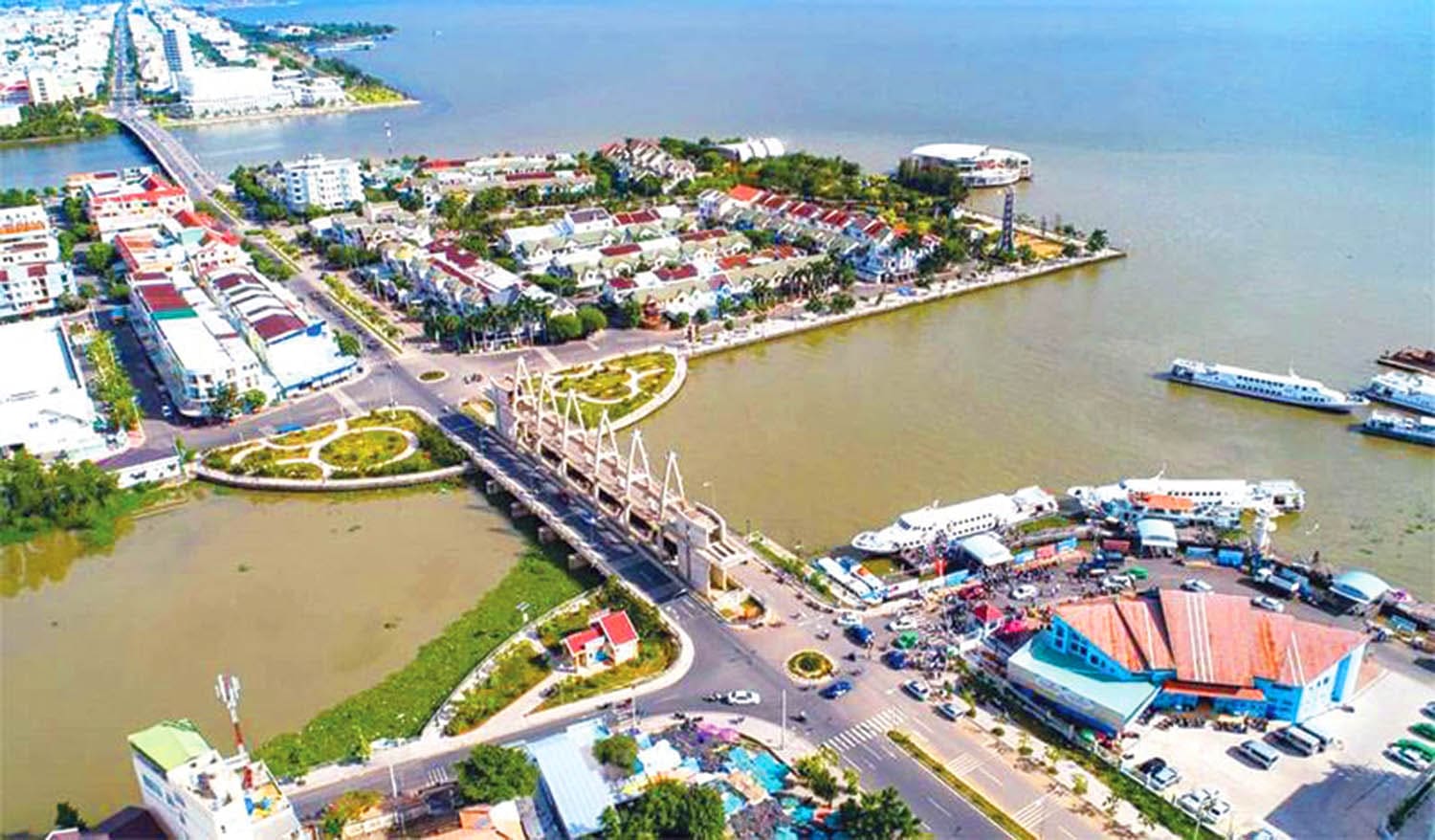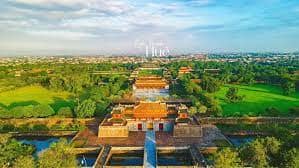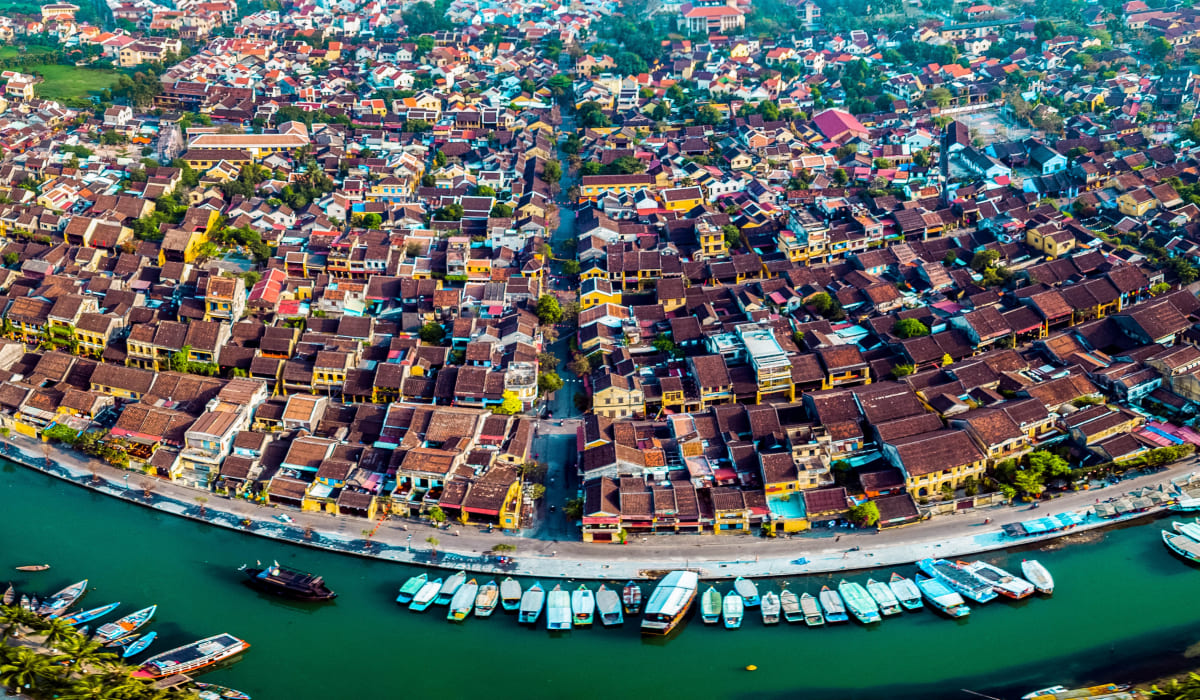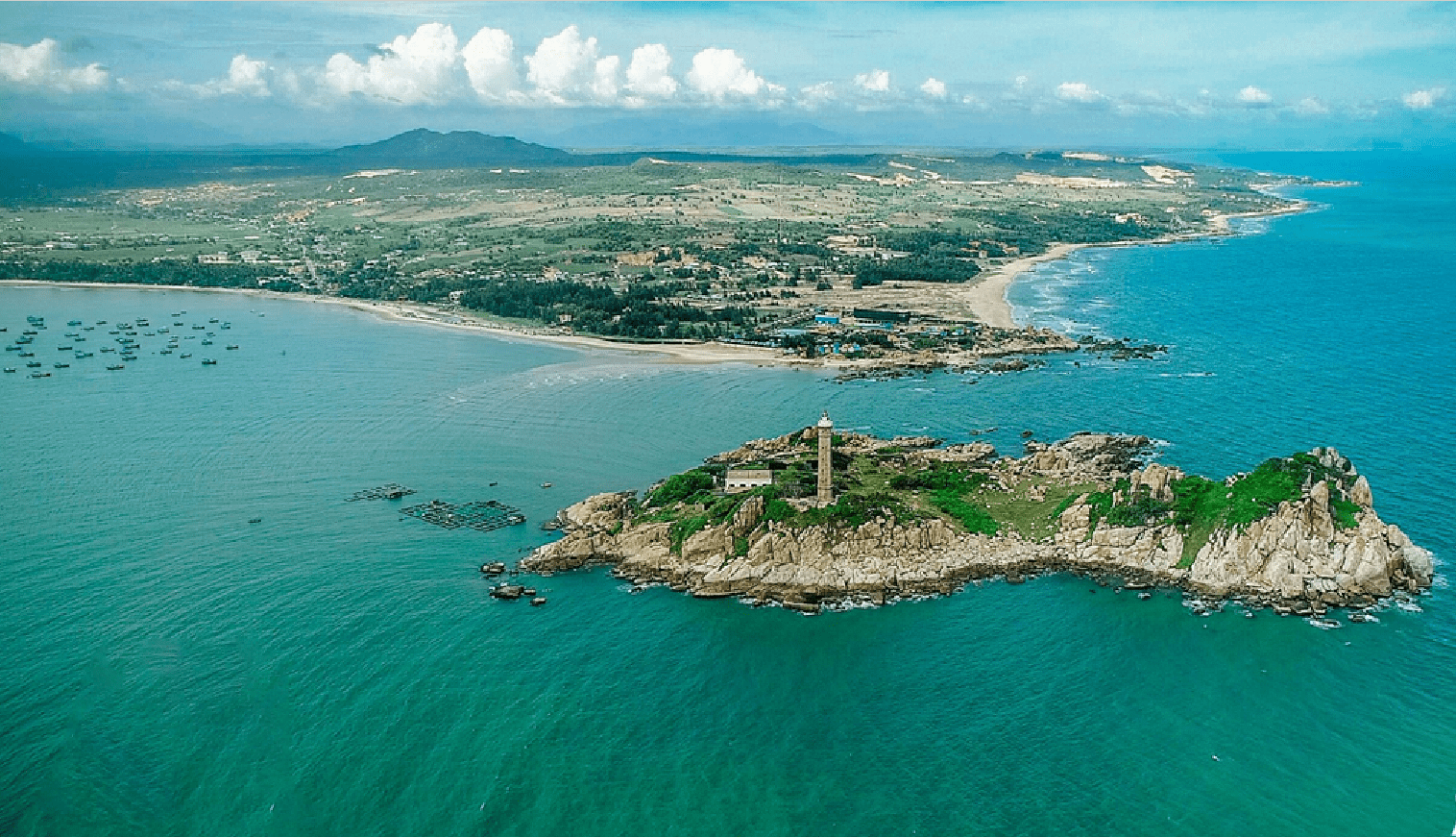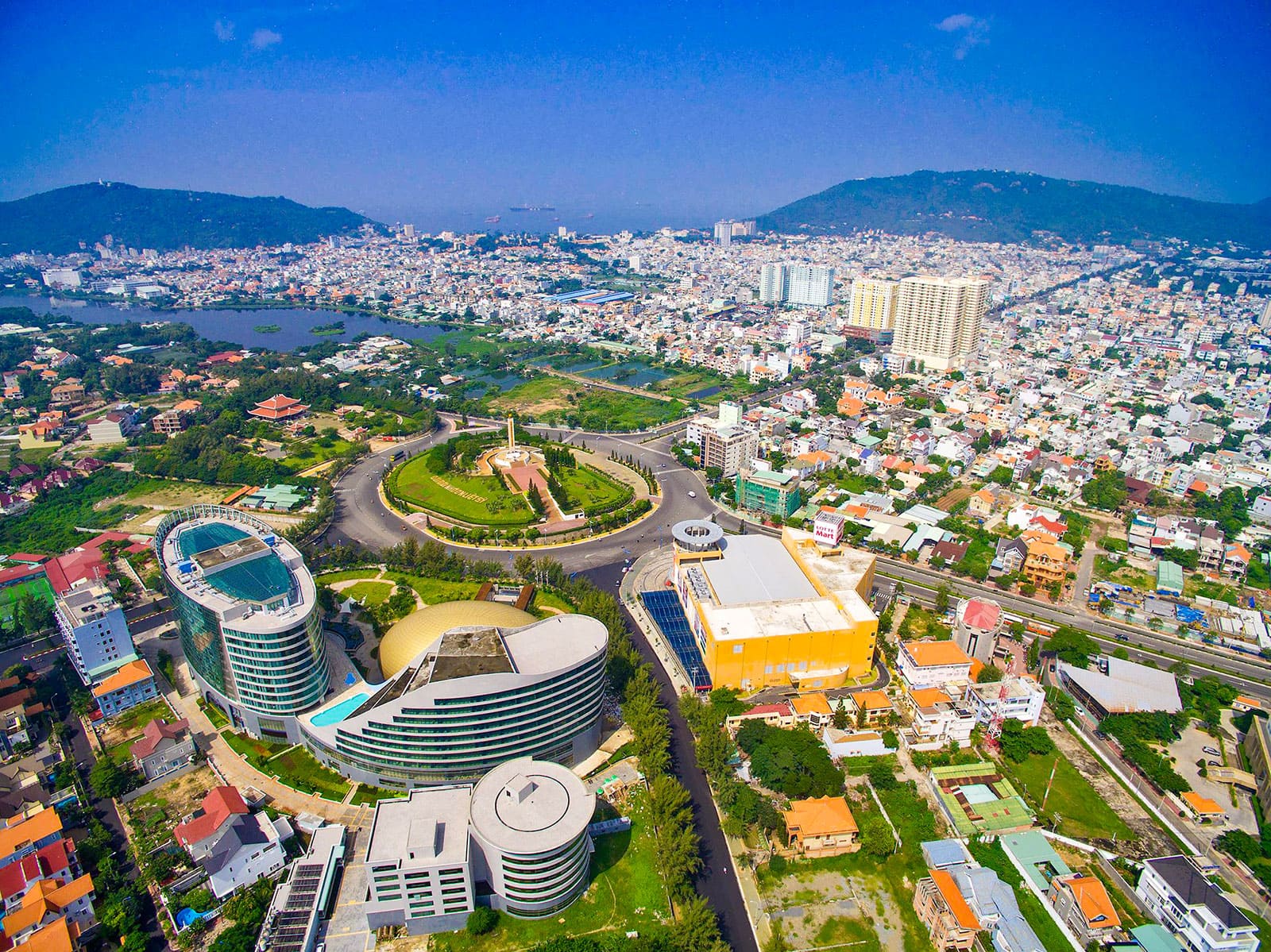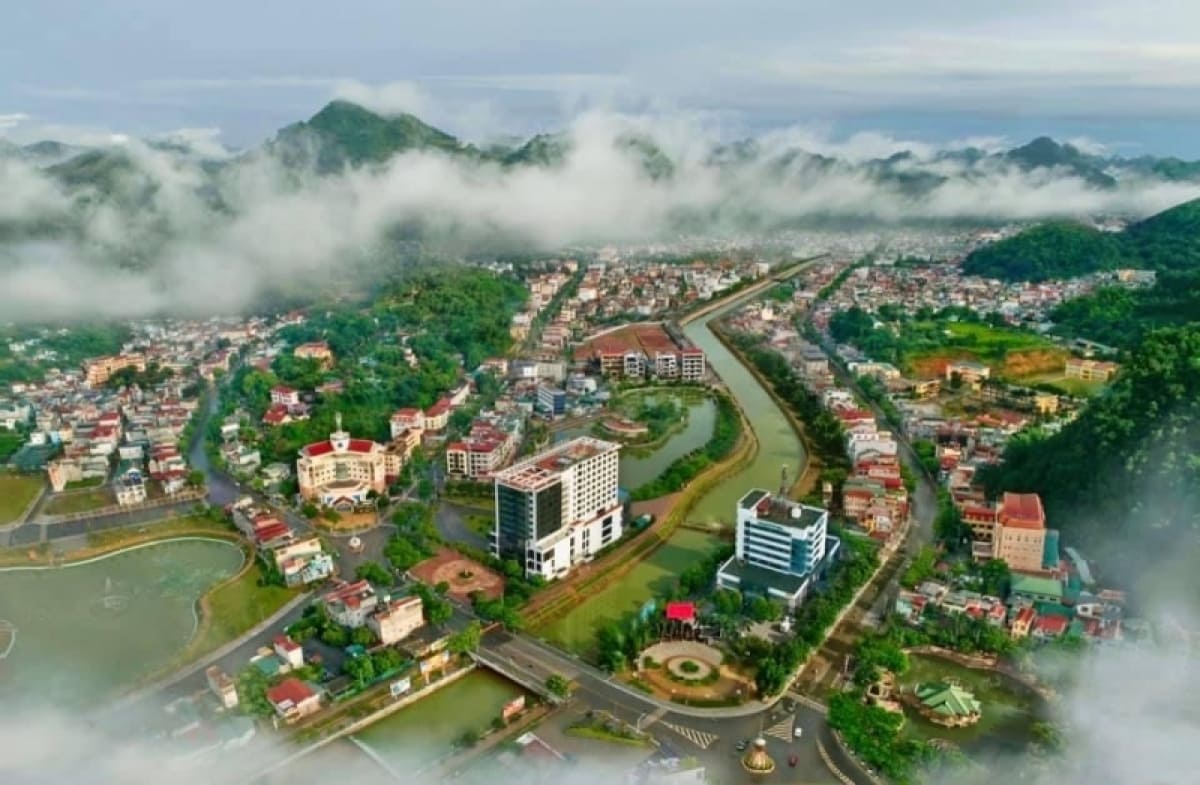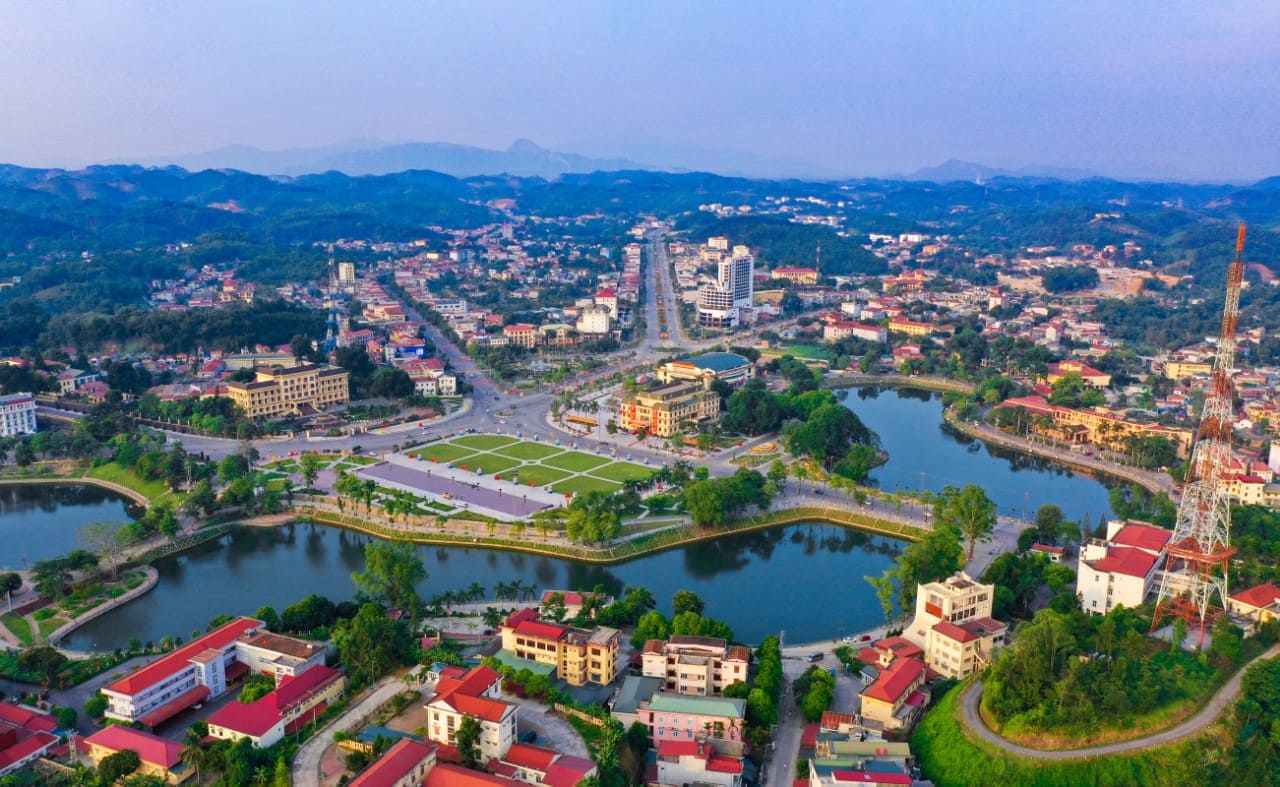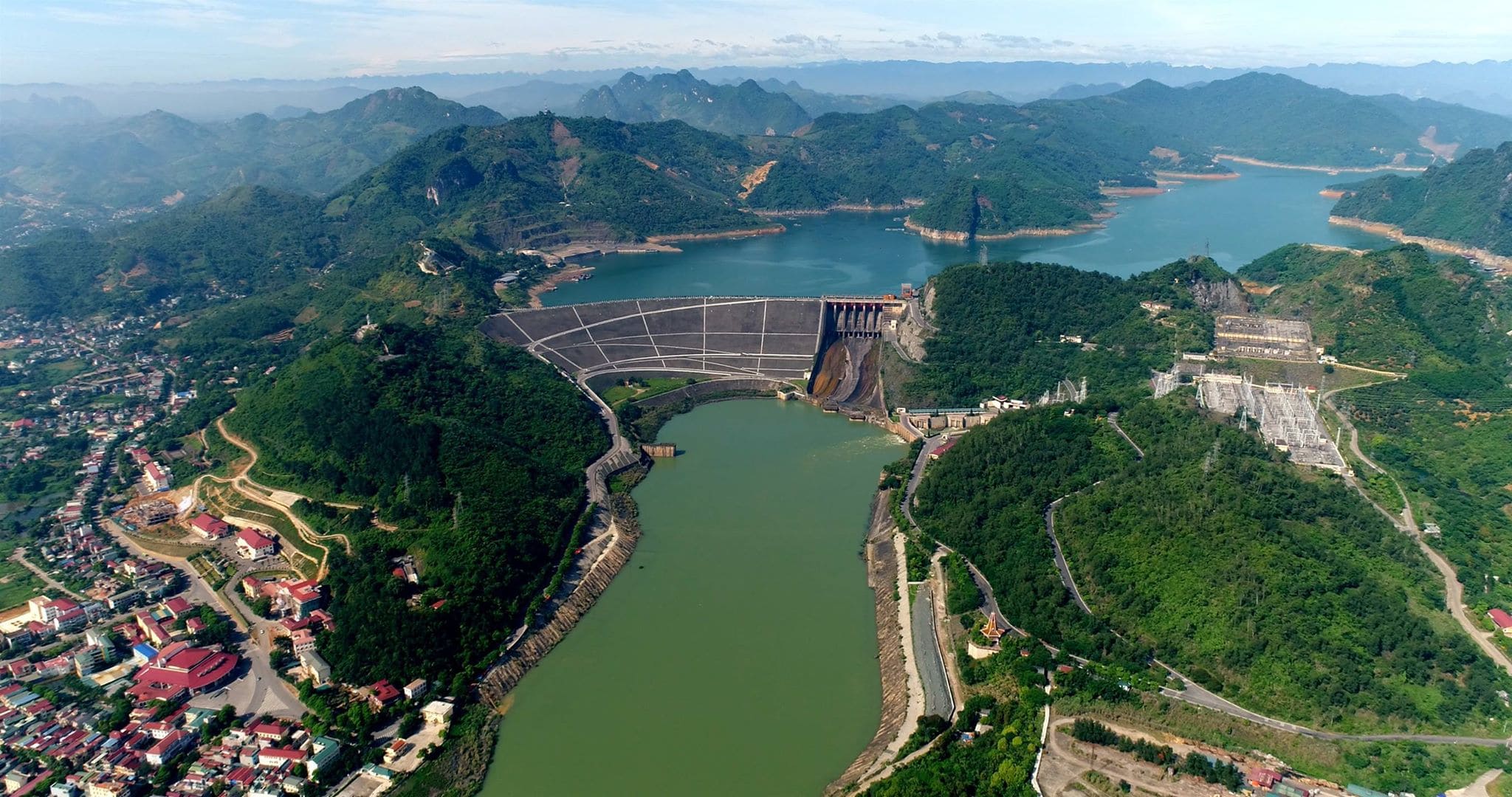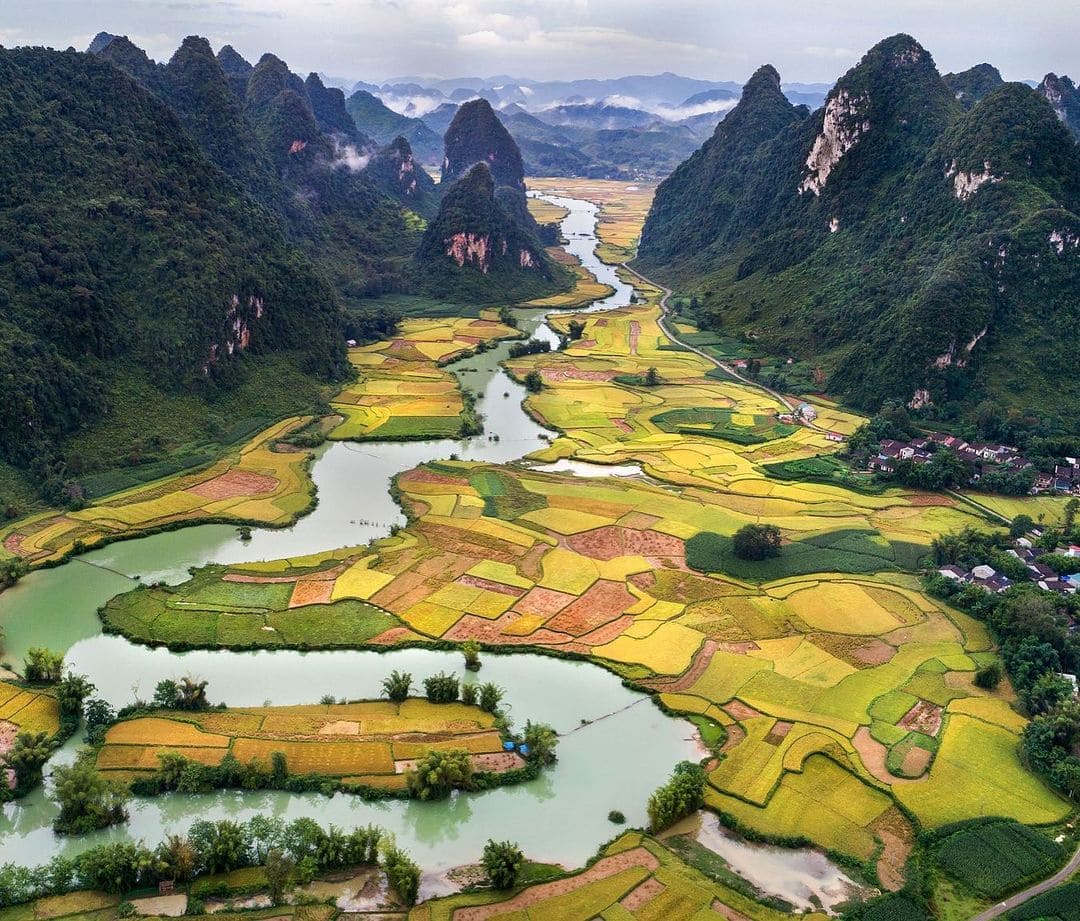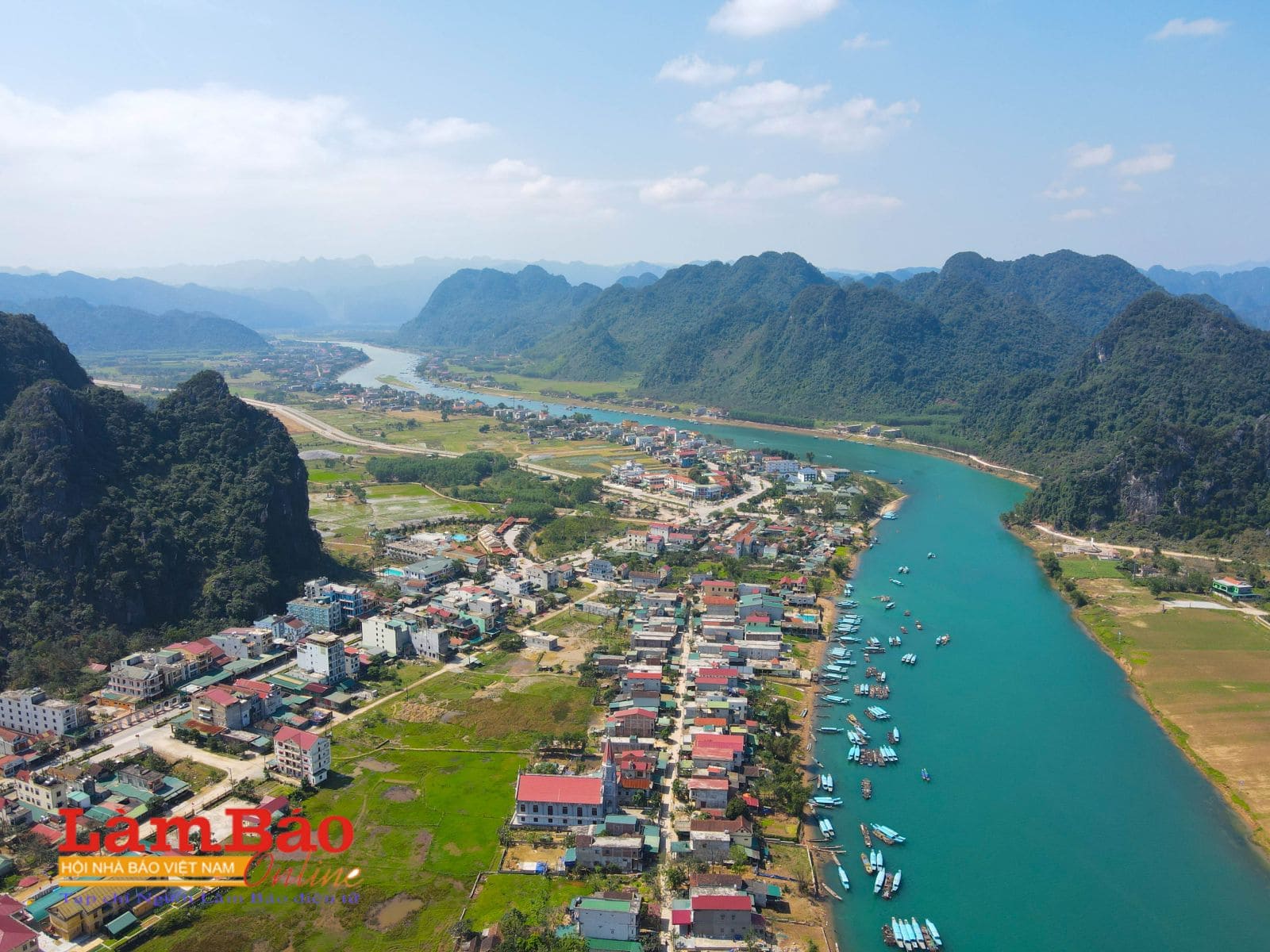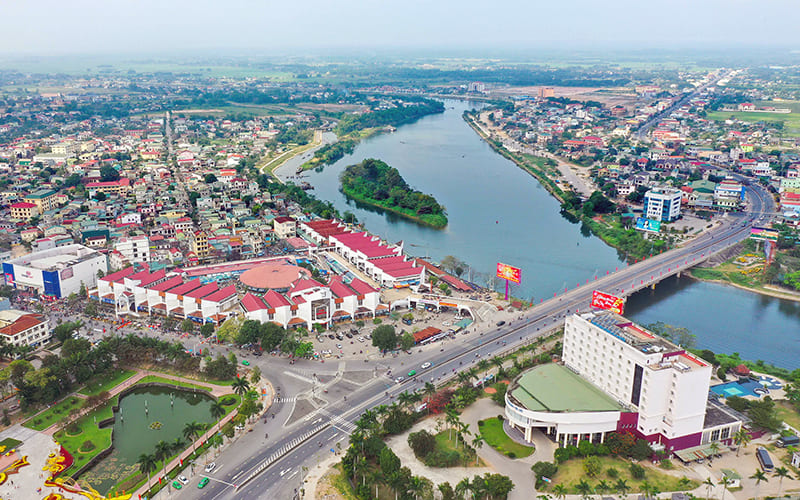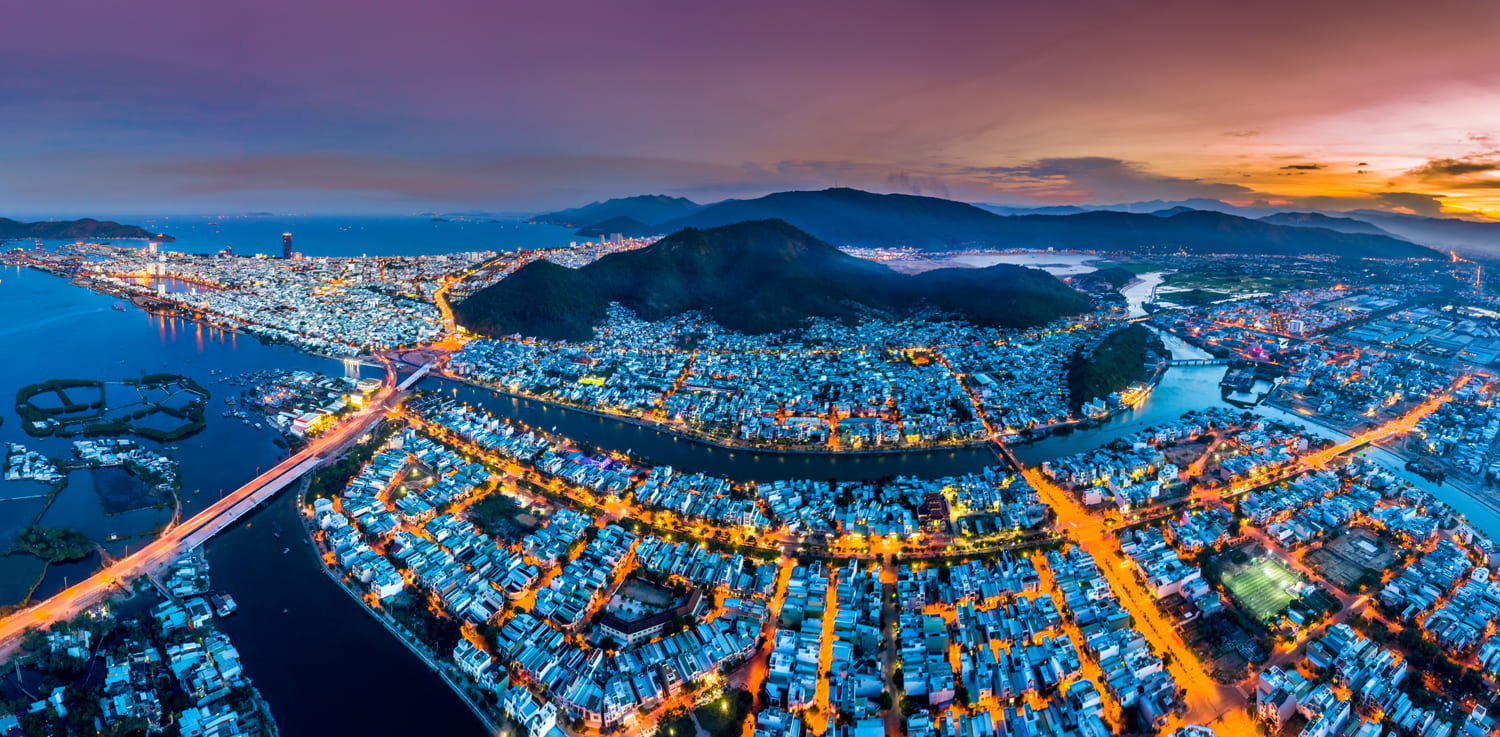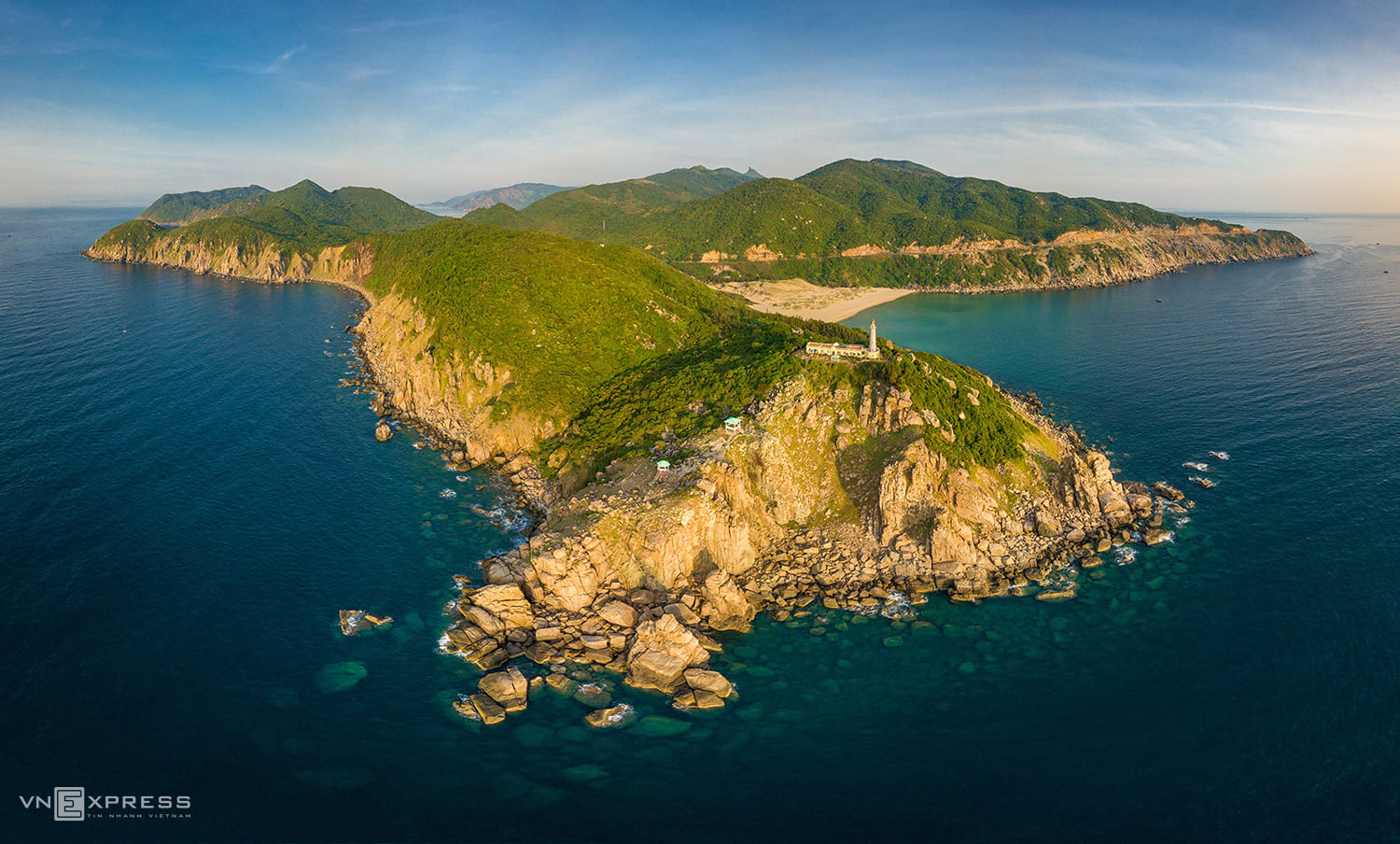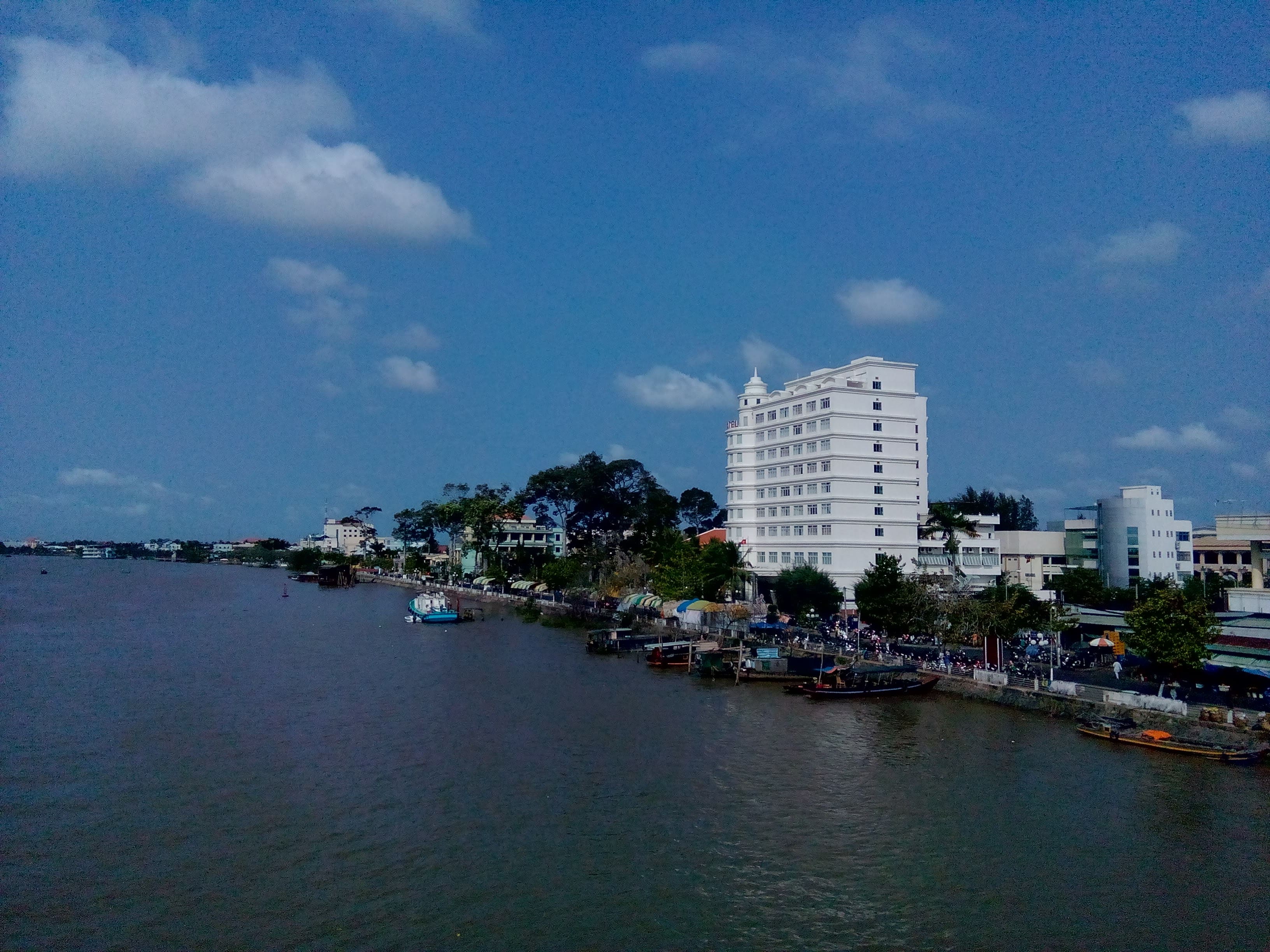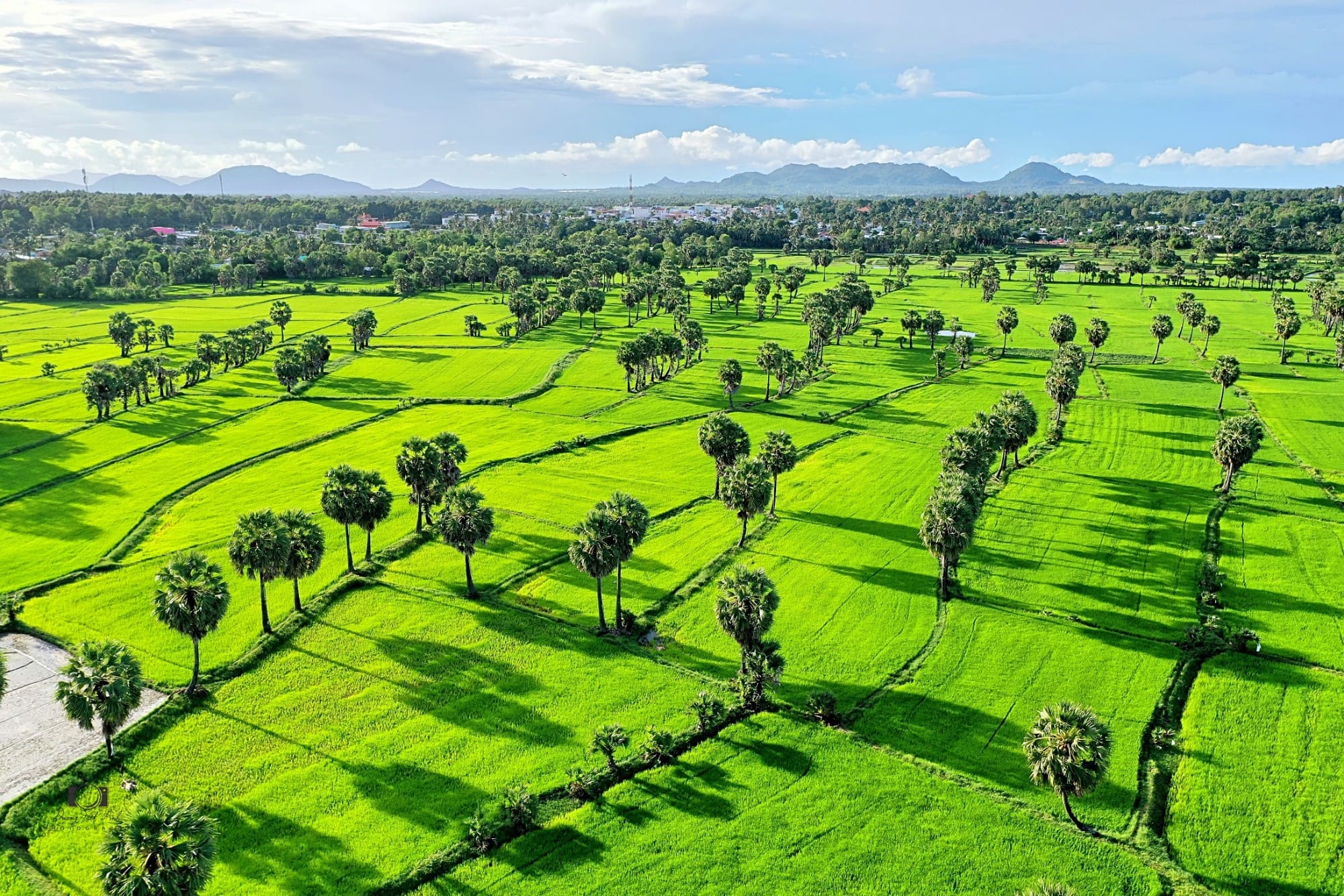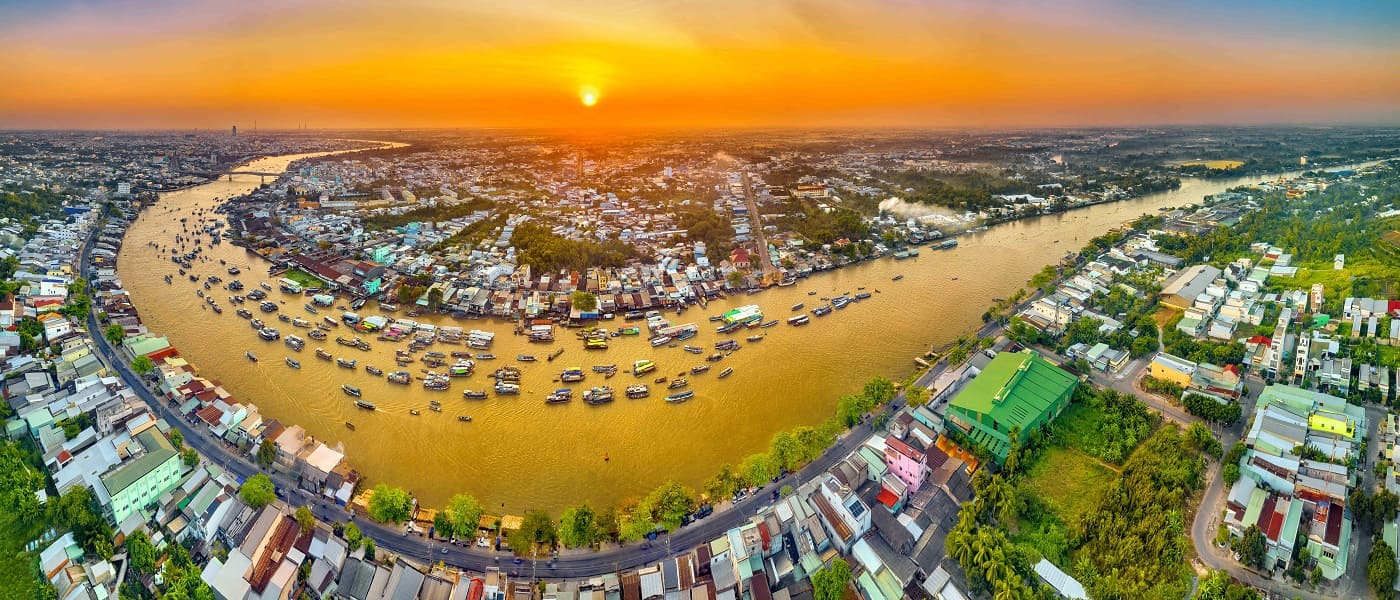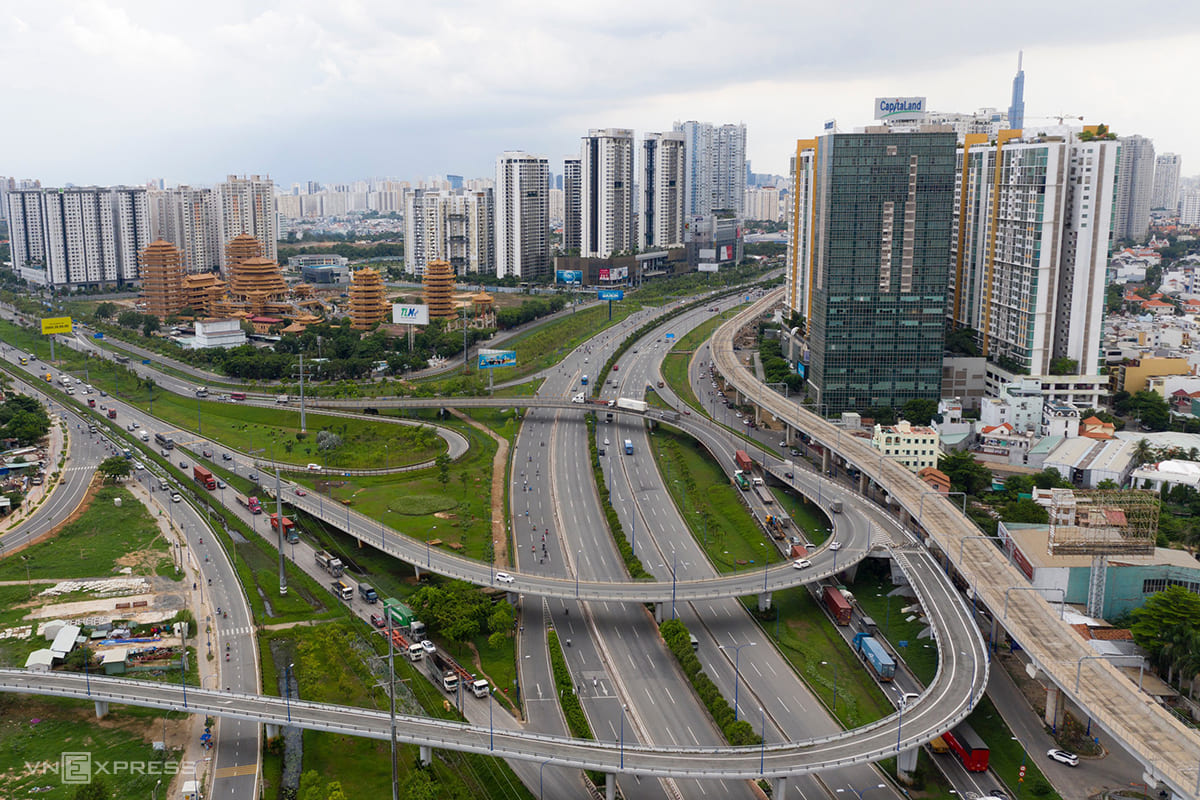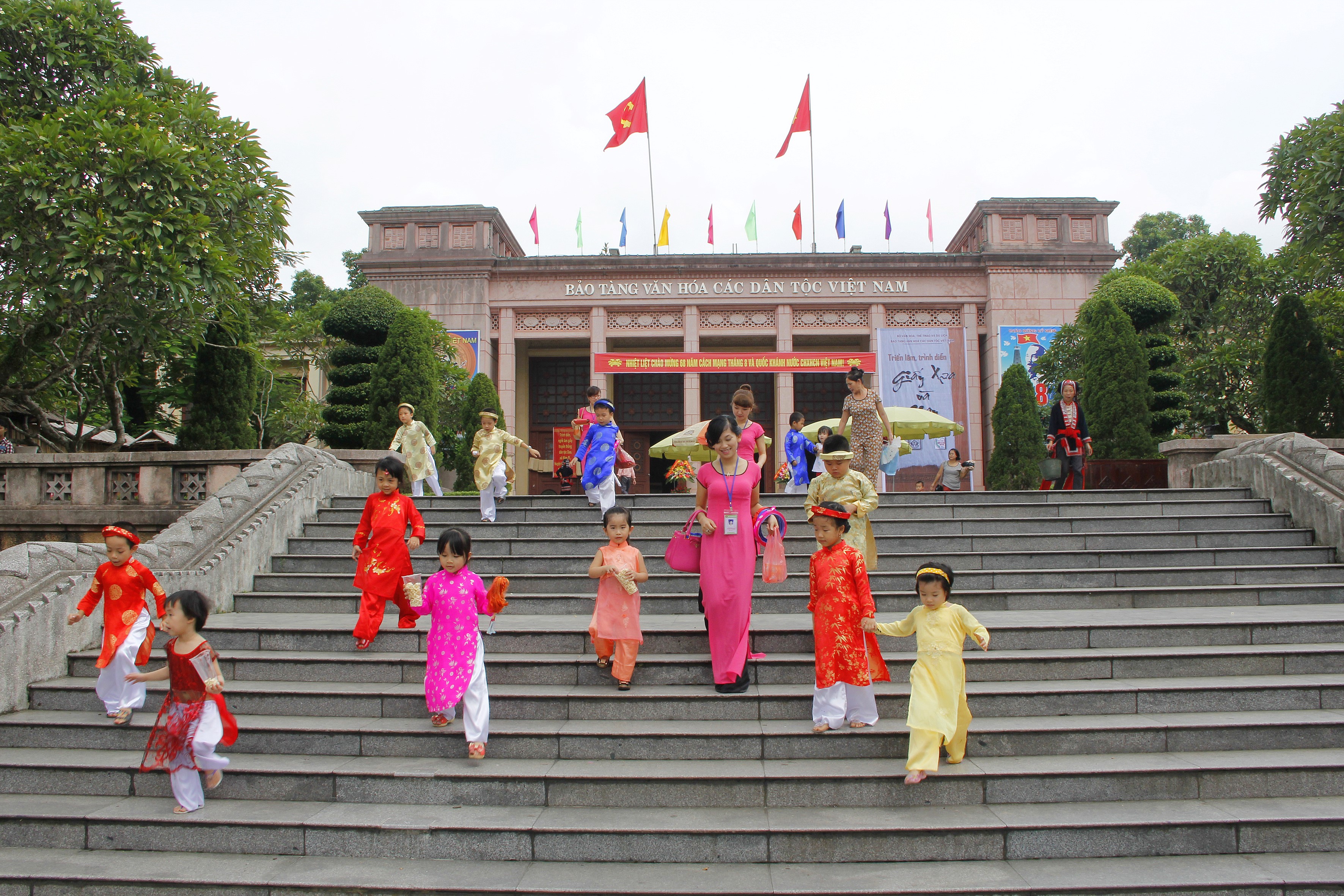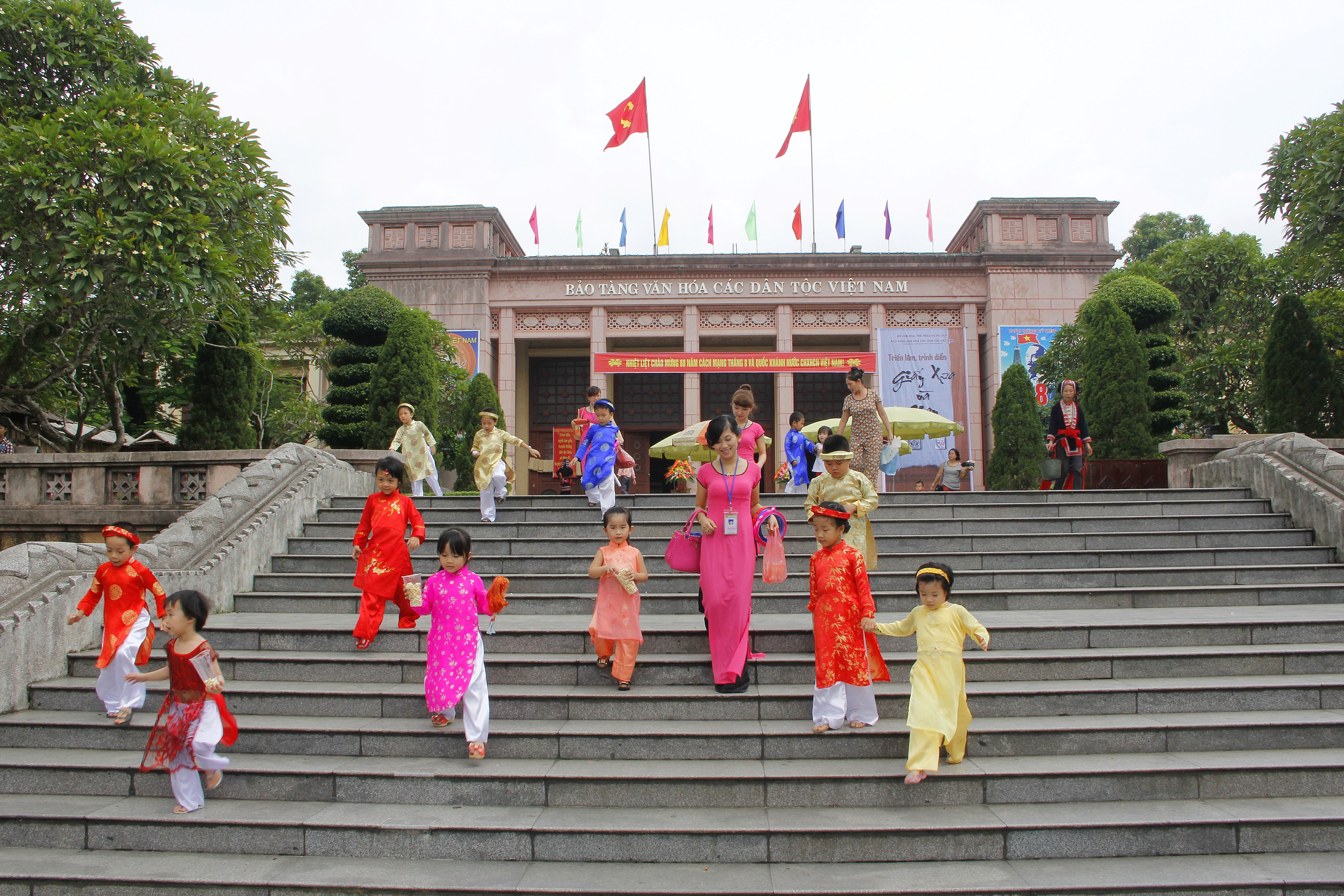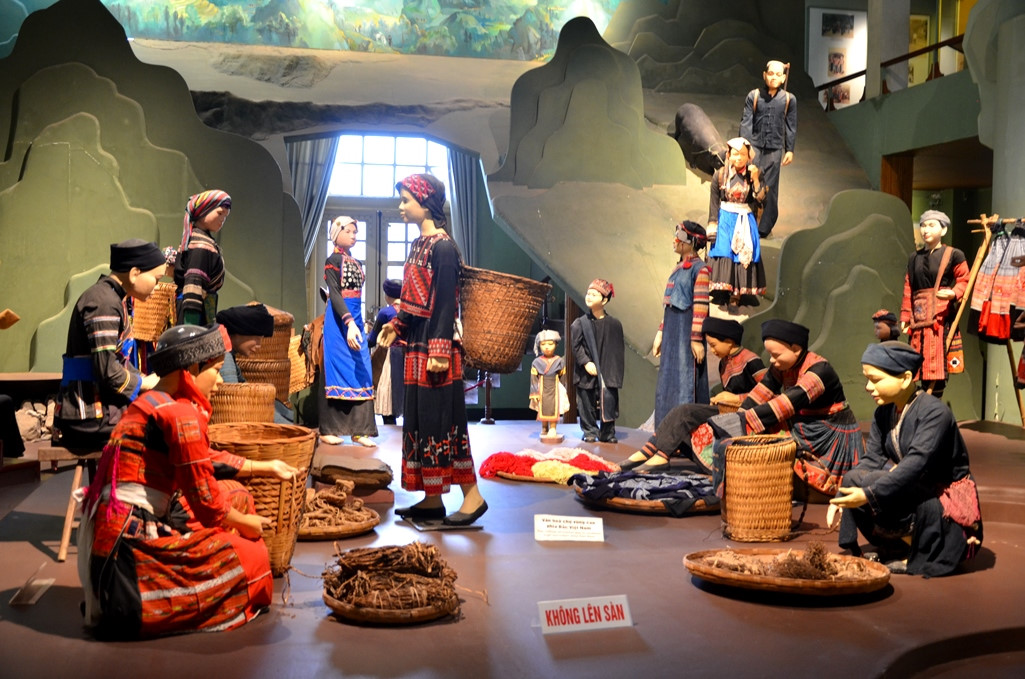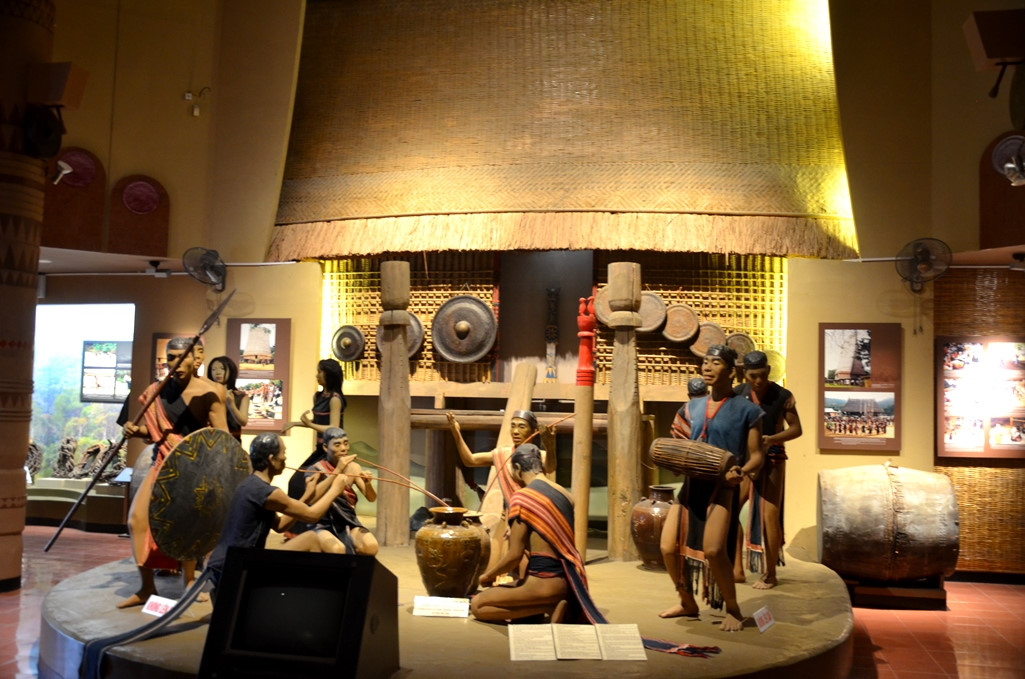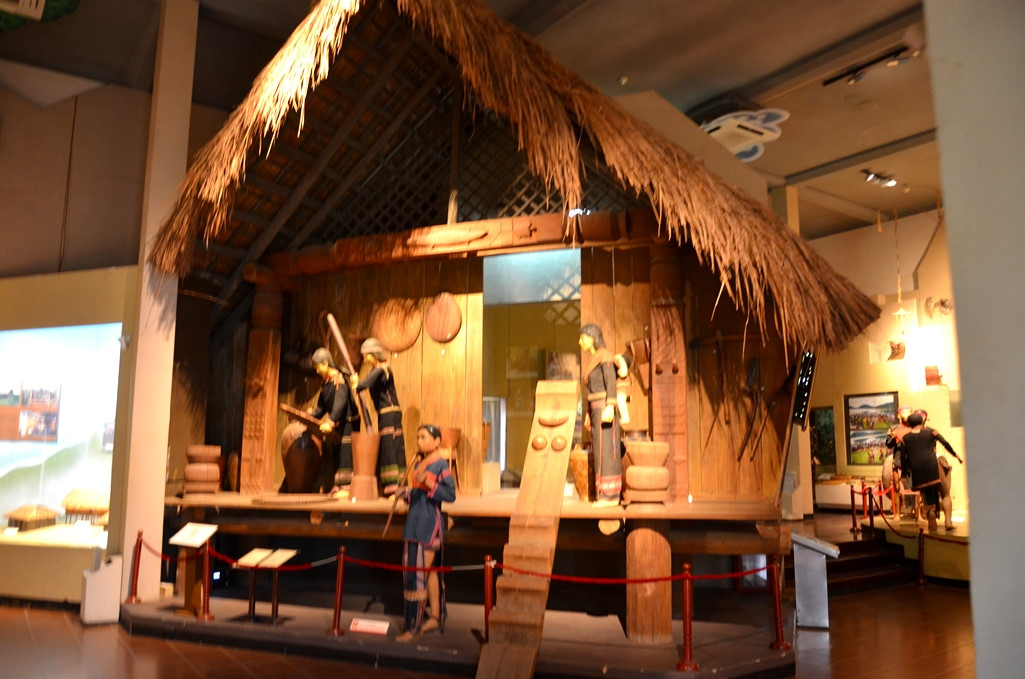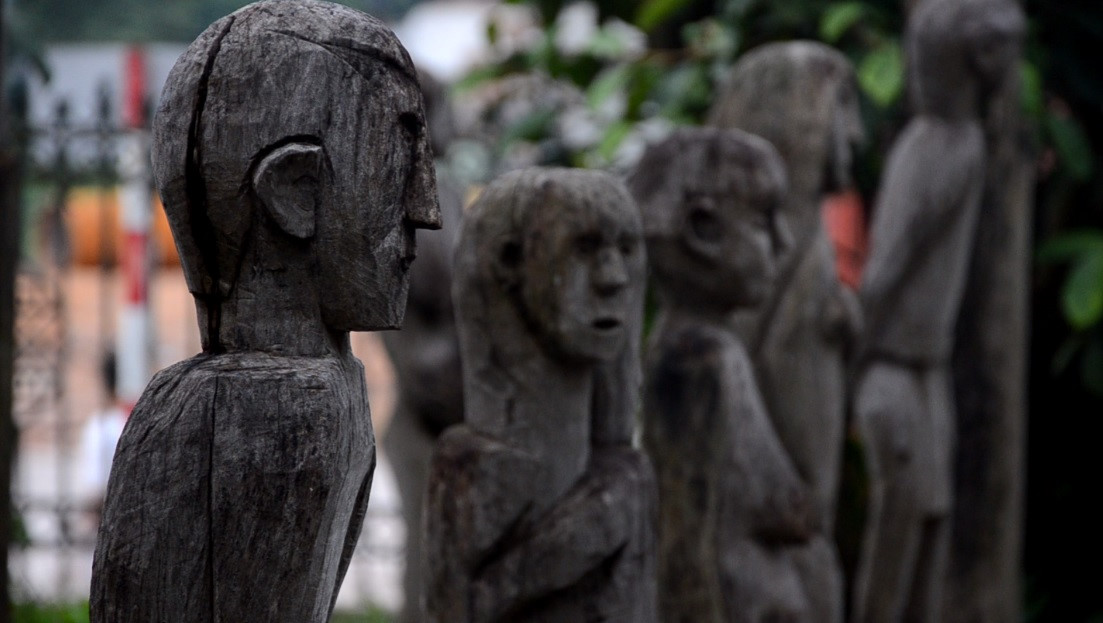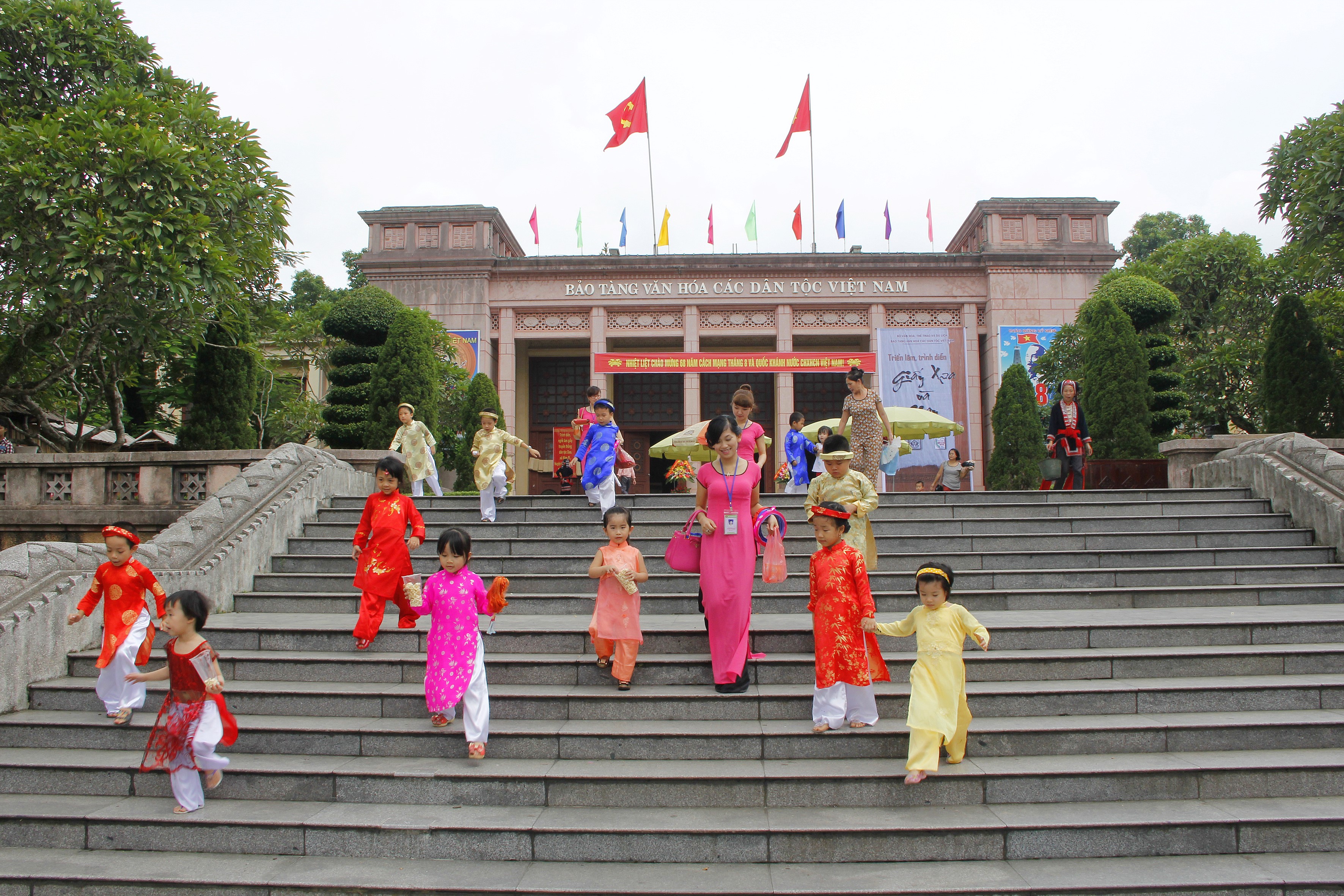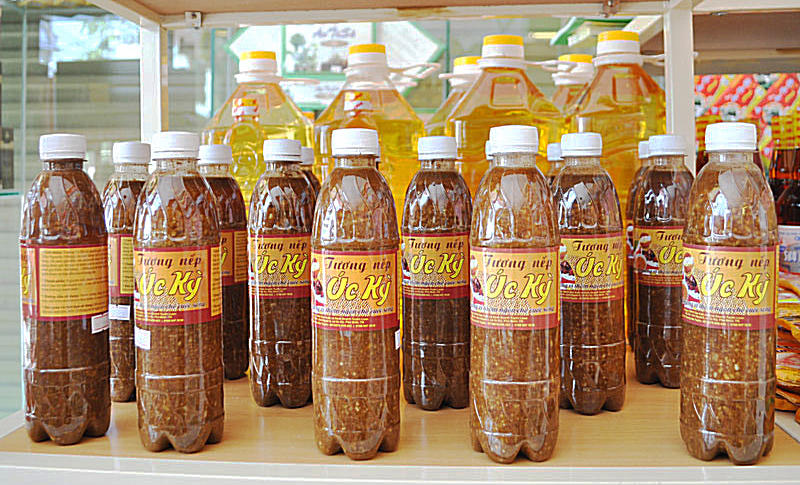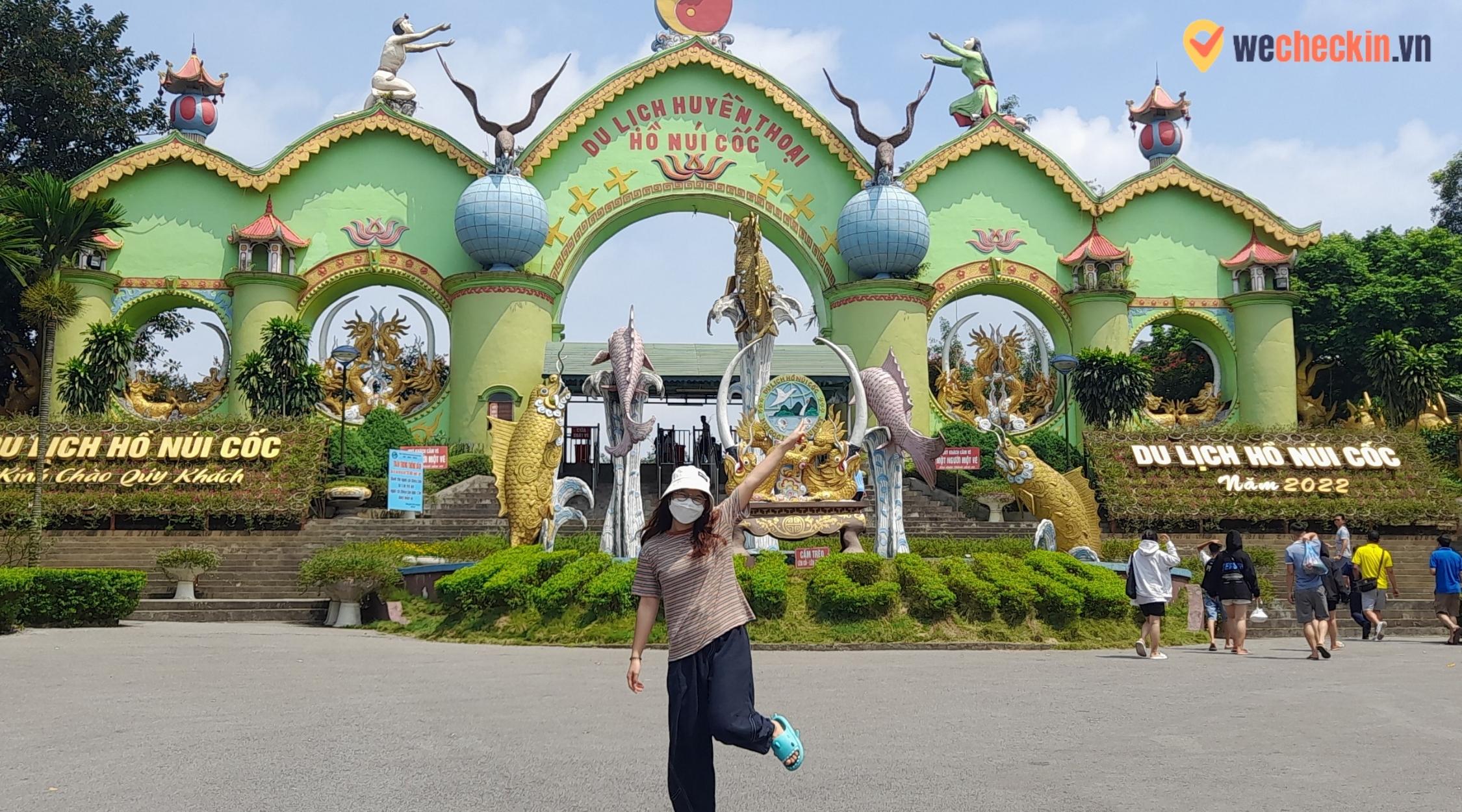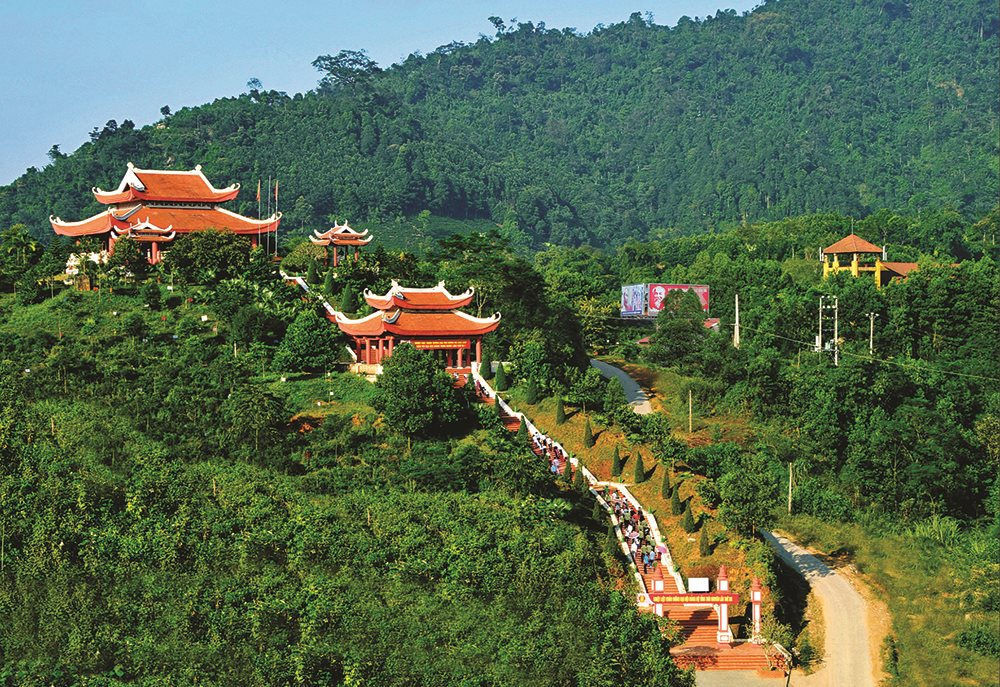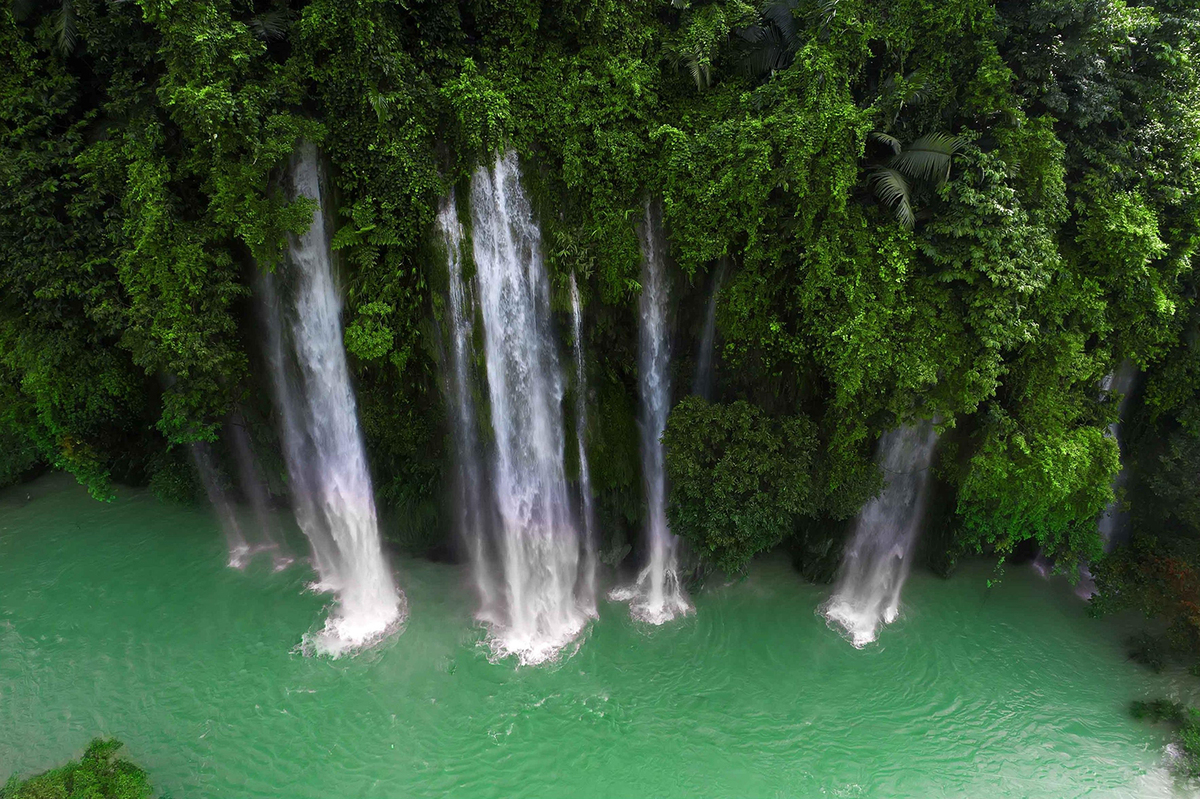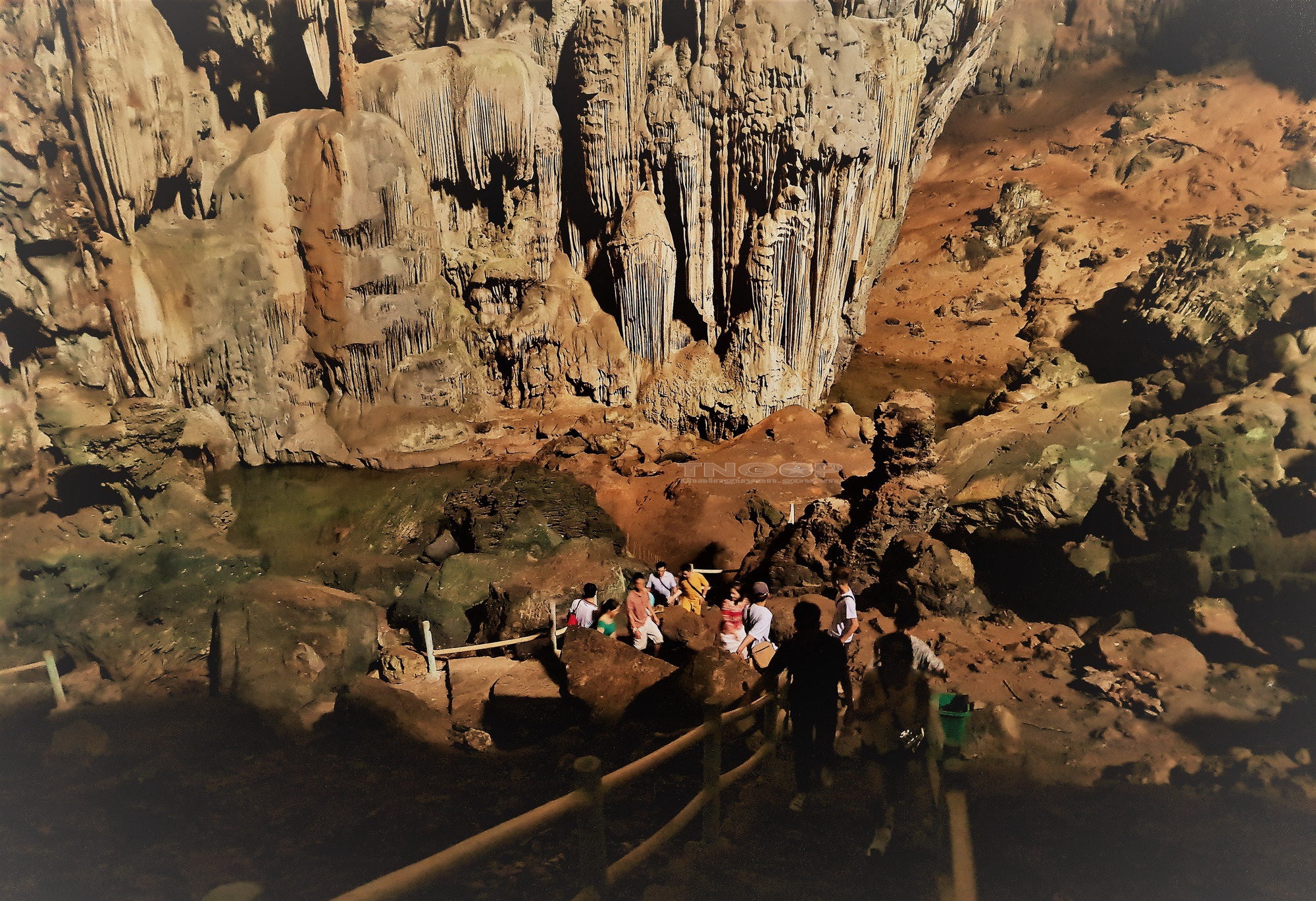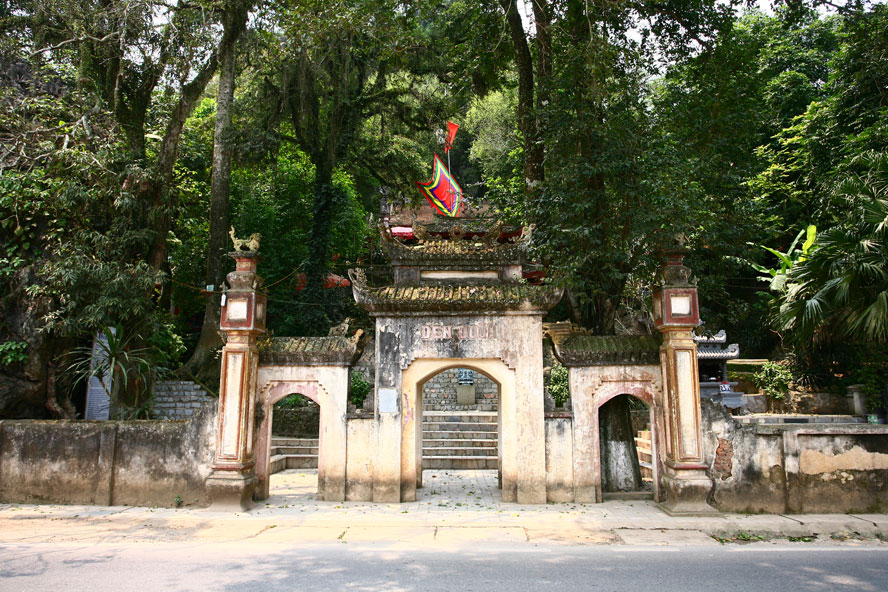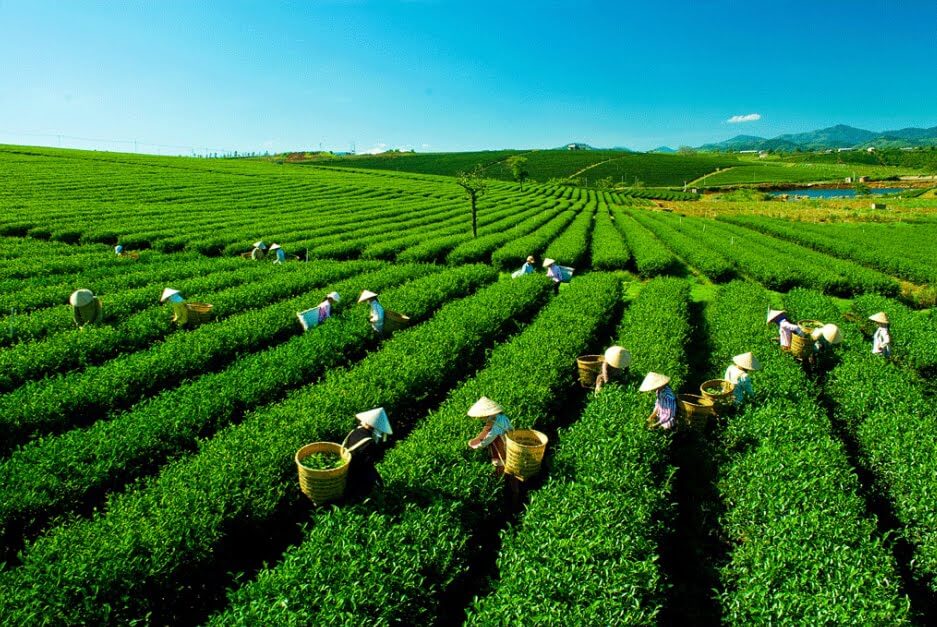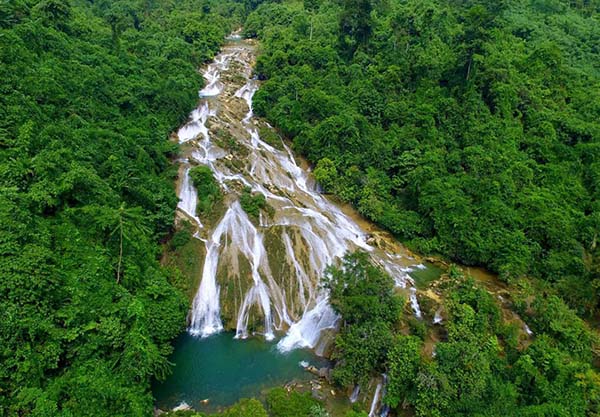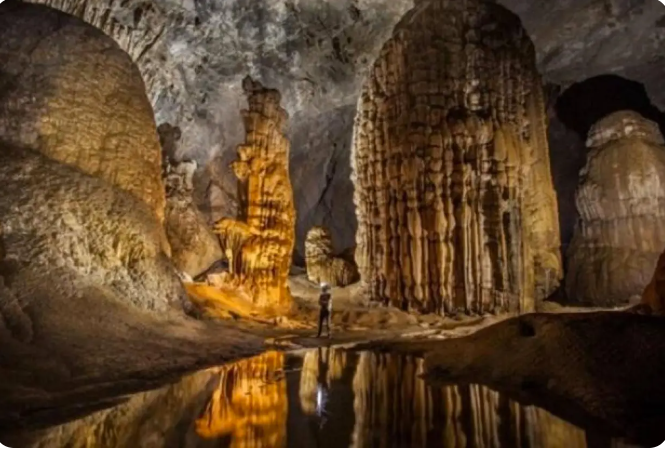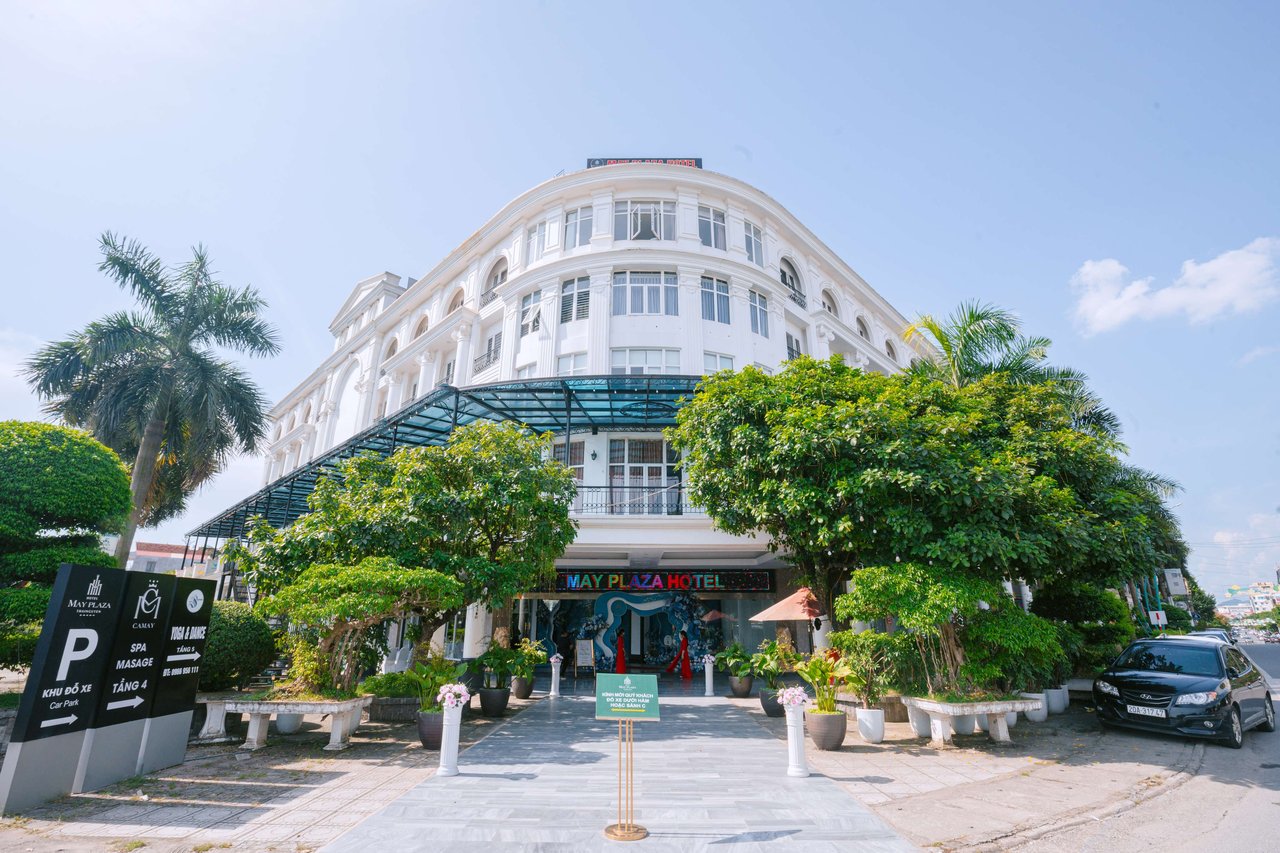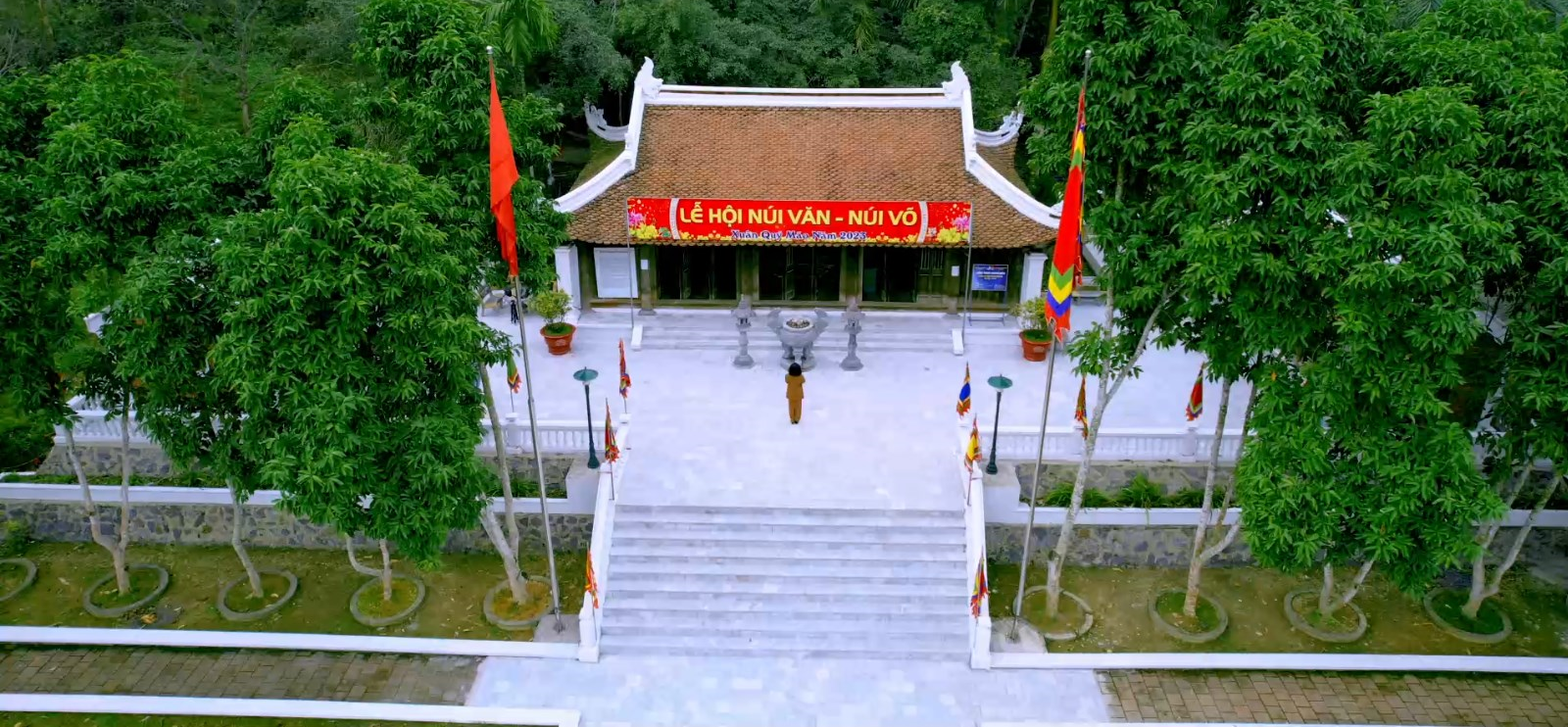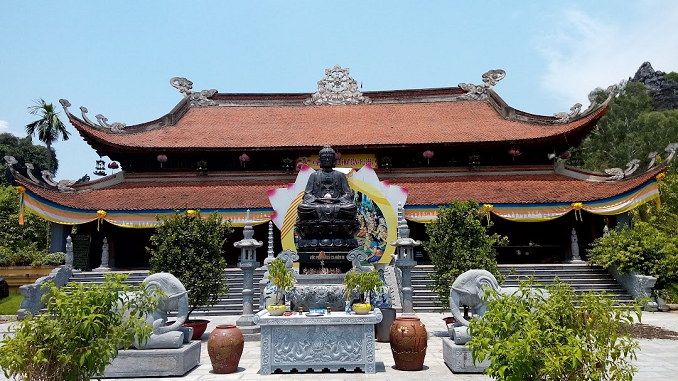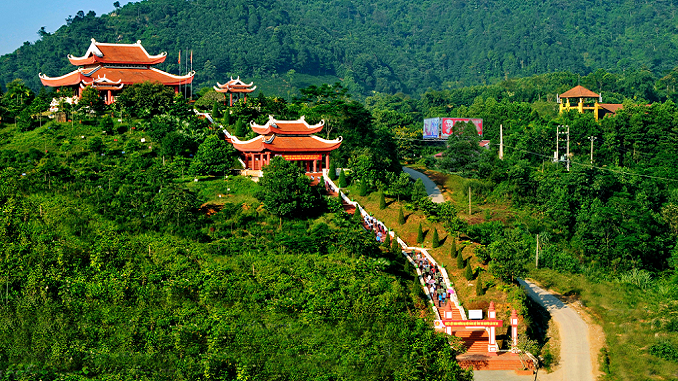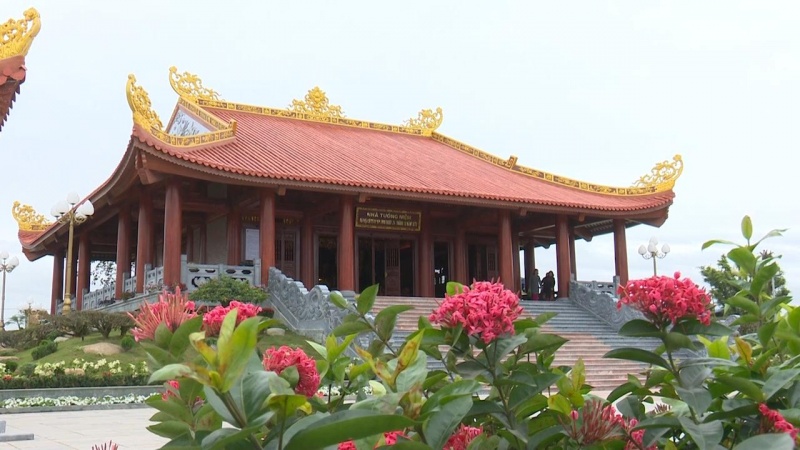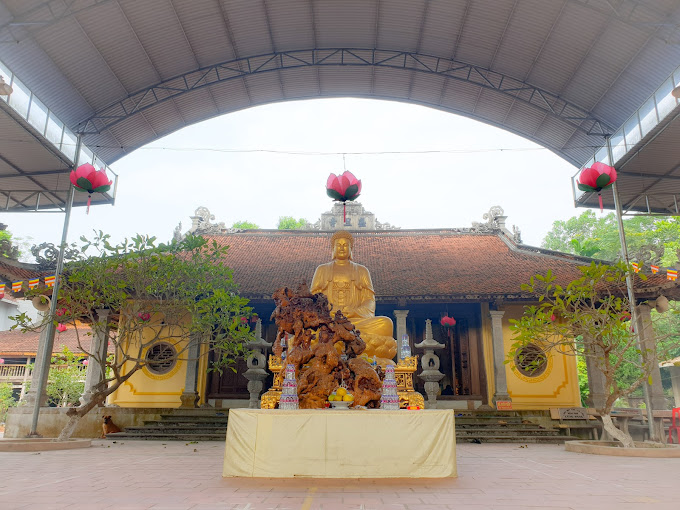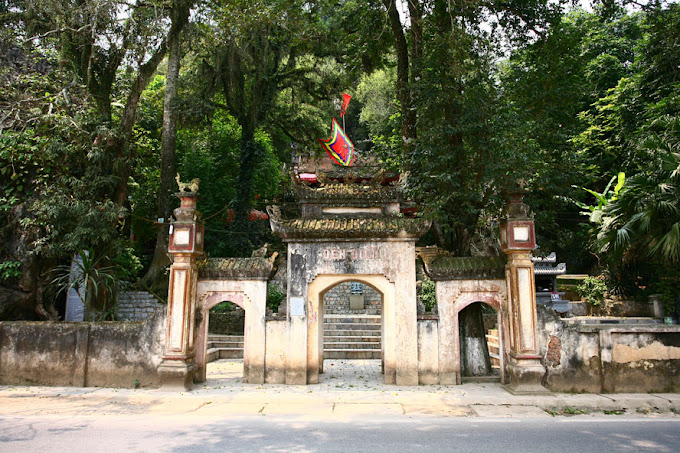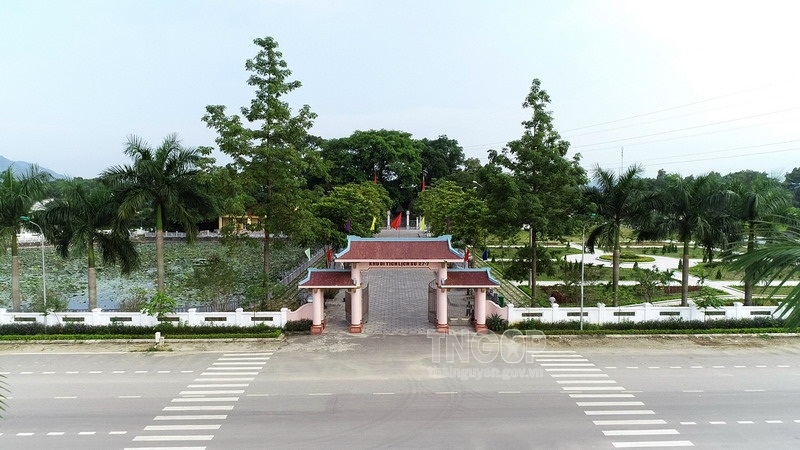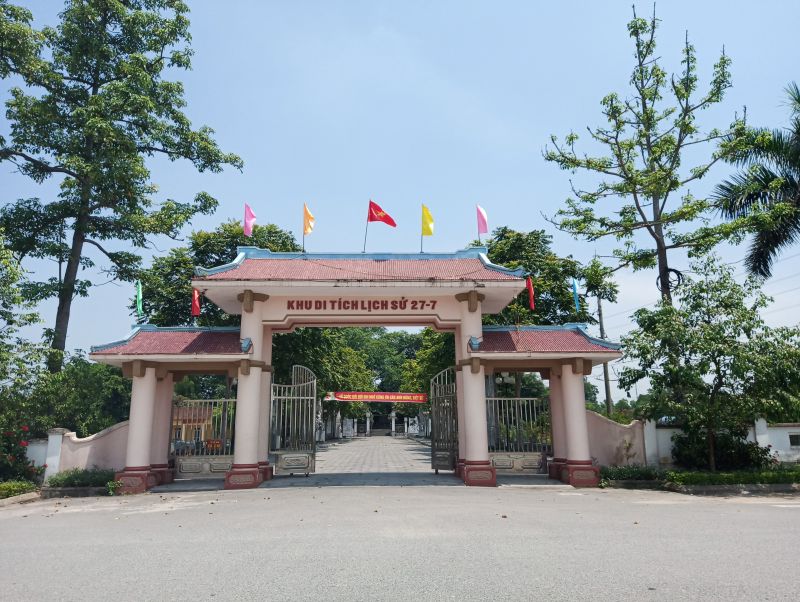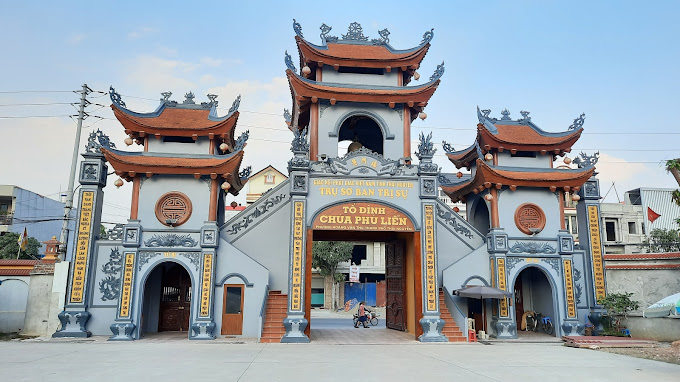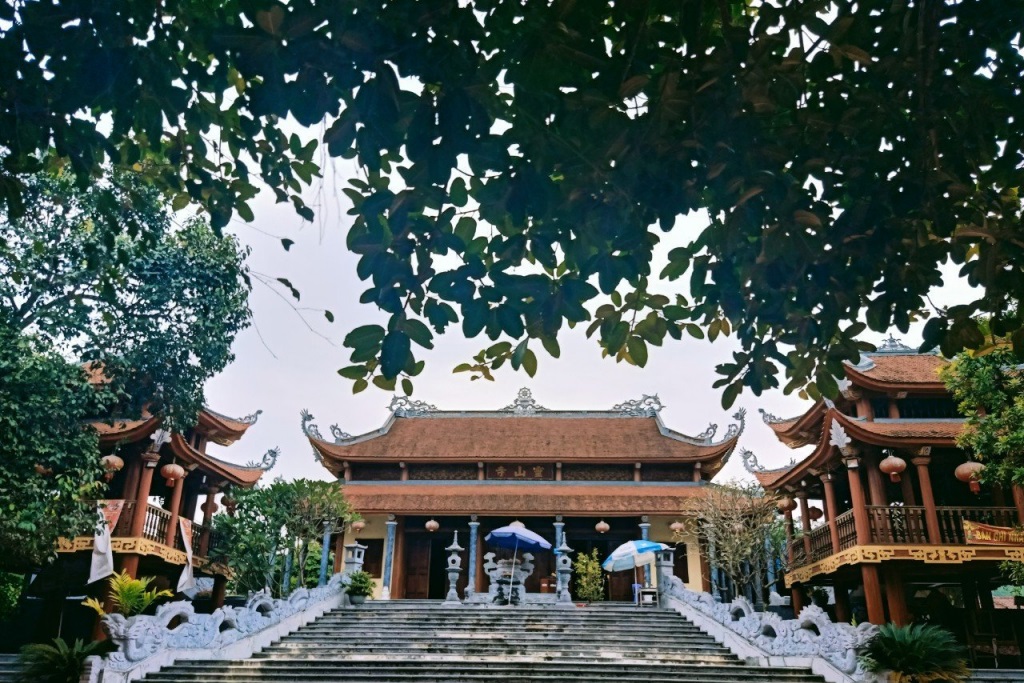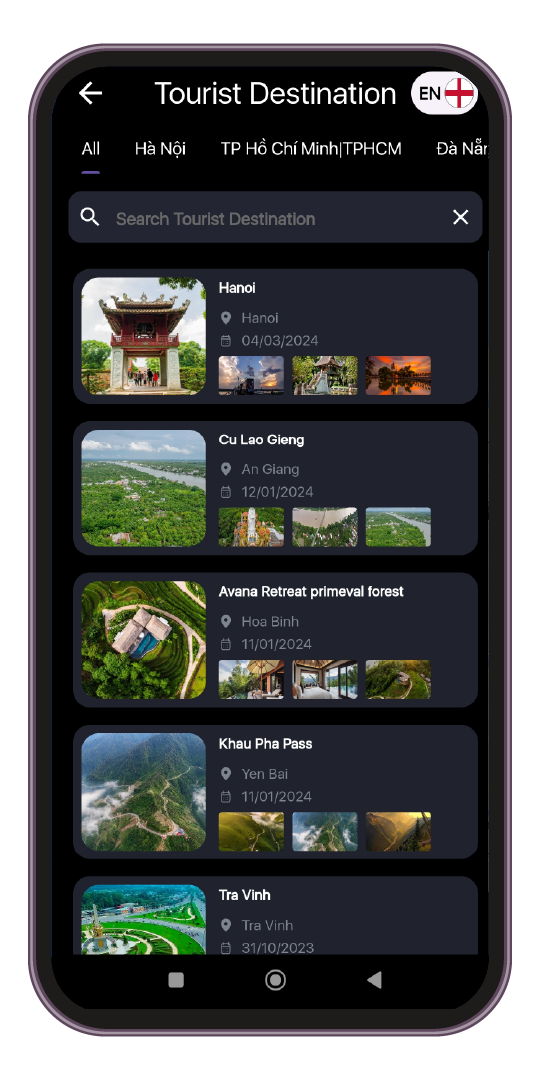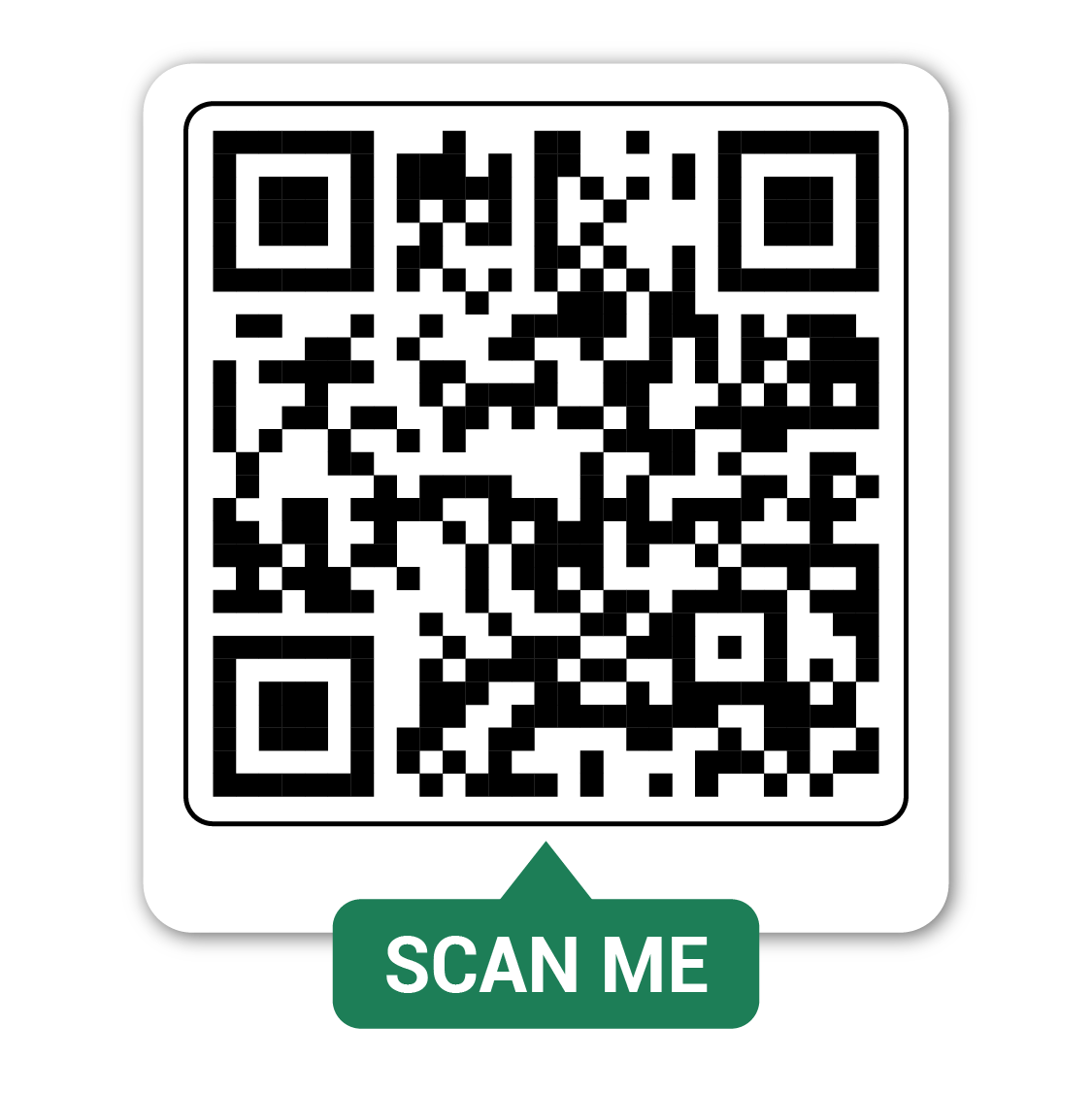Thai Nguyen was considered the land of "the capital of thousands of winds" during the resistance period. Coming to this place, we have the opportunity to find the origin of humanity with the Nguom Than Sa Stone Roof, with the majestic wild Duom Mountain, immerse yourself in the romantic love story of Cong and Coc... And one of Addresses not to be missed are the Museum of Cultures of Vietnam's Ethnic Groups - a place that preserves the identity of the Vietnamese ethnic community. About 80km from Hanoi, the Museum of Vietnamese Ethnic Cultures is located at 1 Doi Can, Thai Nguyen city. The museum was established in 1960 with the original name Viet Bac Museum. In 1990, it changed its name to the Museum of Cultures of Vietnam's Ethnic Groups and became one of the 7 National Museums of Vietnam. Built on a 40,000m² campus next to the romantic Cau River, at the intersection of Doi Can, Hoang Van Thu, Bac Kan and August Revolution streets, the Museum of Culture of Vietnam's Ethnic Groups is A large-scale architectural work with many artistic features, it won the Ho Chi Minh Prize for architectural works in the first phase of 2006. After more than 50 years of establishment and development with hundreds of research and collections, the Vietnam Museum of Ethnic Cultures is managing nearly 30,000 valuable documents and artifacts, which are the basis for perfecting the system. Indoor and outdoor display systems, well serving the public's visiting needs. Entering the Museum grounds, we will stop at the Solemn Pavilion. This place introduces general features of Vietnamese culture. In the large lobby, we can see the portrait of President Ho Chi Minh, the beloved leader of the Vietnamese people. The person holds three babies, representing the three regions: North - Central - South. The statue represents Uncle Ho's boundless love for the children of the three regions, while also demonstrating the policy of unity, diversity and solidarity of the Vietnamese people. Behind the statue of Uncle Ho is a large relief carved in wood simulating typical traditional festivals of ethnic groups from North to South: Khen dancing in the highland market, lion dancing in the spring festival in the valley, festivals Ka Te of the Cham people, buffalo stabbing festival of the Central Highlands people and ngo boat racing festival of the Southern people. Next, visitors will take turns visiting a system of 5 galleries including: Displaying and introducing the culture of ethnic groups of the Vietnamese - Muong language group (Kinh, Muong, Tho, Chut). The people live mainly by growing rice and fishing. In spiritual life, there is the custom of worshiping ancestors and traditional crafts are developed at a high level; Display and introduce ethnic groups of the Tay - Thai language group (Tay, Thai, Nung, Giay, Lao, Lu, San Chay, Bo Y). The people live mainly in stilt houses, grow rice in valleys, along rivers and streams, with a water supply system of ditches, ditches, cans, cans, and water troughs. The crafts of blacksmithing and weaving are quite developed with beautiful and delicate products. In particular, they have a rich spiritual life with many unique xoe dances and then songs; Display and introduce the culture of ethnic groups belonging to three language groups: Hmong - Dao (Hmong, Dao, Pa Then), Ka Dai (La Chi, La Ha, Co Lao, Pu Peo) and Tibetan Burmese (Lo Lo, Phu La, Ha Nhi, La Hu, Cong, Si La). The people are good at farming on upland fields and terraced fields. The market is a place to clearly express the cultural identity of the highlands, culinary culture, clothing culture, embroidery art, flower printing, music performances, flute dancing... Display introduces the culture of 21 ethnic groups belonging to the Mon - Khmer language group (Ba Na, Brau, Bru - Van Kieu, Cho Ro, Co, Co Ho, Co Tu, Gie Trieng, H're, Khang, Khmer , Kho Mu, Mang, Xinh Mun, Mnong, O Du, Ma, Ro Mam, Ta Oi, Xo Dang, Xtieng). The people reside scatteredly in the Northwest, Central Highlands and Southern regions. The economic life is mainly slash-and-burn cultivation, which is at a relatively high altitude, and fields are cultivated using the method of poking holes and planting seeds. Architecture of communal houses in the Central Highlands and pagodas of the Khmer people; Wicker crafts and community cultural festivals are unique cultural features of Mon - Khmer residents; Display and introduce the culture of ethnic groups belonging to the Austronesian language group (Cham, Gia Rai, Ede, Raglai, Chu Ru) and Han language (Hoa, Ngai, San Diu). Ethnic groups belonging to the Austronesian language group reside concentrated on the red soil plateaus of the Central Highlands and the Central coastal strip; Austronesian culture is strongly matriarchal. Ethnic groups belonging to the Han language group reside in all three regions: North, Central, and South; Han culture is strongly patriarchal. Each gallery with a rich and diverse system of documents and artifacts realistically recreates the residential landscape and cultural life of 54 ethnic groups, from the northern tip of Ha Giang to the cape of Ca Mau. with familiar images such as: highland markets, wild elephant hunting scenes, images of hole-punching and seed removal of northern ethnic groups, gong festivals of the Ede and Ba Na people in the Central Highlands; rivers and waters of the Southern people; traditional crafts, forms of cultural activities in costumes, music, cuisine, festivals in labor production... A special highlight of the Museum is the outdoor display system with spaces of 6 cultural regions: Northern high mountains, Valley, Midland - Northern region, Central region - Coastal region, Truong Son - Central Highlands, and Dong Nai. Nam Bo will bring very interesting experiences to visitors. Each cultural region has a festival space, a landscape structure with regional characteristics and a specific, original house as a highlight to introduce Vietnamese cultural values to visitors. . Here, visitors can also easily see with their own eyes many very familiar tools of the nation from ancient times such as a rice mill woven from bamboo slats, a plow made of rudimentary trees, thatched roofs, mud walls... It can be said that the Museum of Vietnamese Ethnic Cultures in Thai Nguyen is like the "common roof" of the community of 54 ethnic groups on the S-shaped strip of land. Visitors will have the opportunity to admire a panoramic picture. , learn about the origins, traditions, and cultures of ethnic groups across the country. Along with the Nui Coc Lake Ecotourism Area, the ATK Safe Revolutionary Base, the Museum of Cultures of Vietnamese Ethnic Groups has been and will be an attractive destination for all domestic and foreign tourists.
Thai Nguyen 1990 view From January to December
Ngày cập nhật : 09/03/2023


 vn
vn en
en ja
ja ko
ko zh
zh


















